We’ve talked a lot about range proliferation in the past and how manufacturers need to adapt to market trends in order to survive – it’s why Lamborghini now makes the Urus super SUV (its best-ever selling car), for example. Adaptability is key in the automotive market and it’s why the world was shocked when in 2015 Alfa Romeo announced it was going to make an SUV. Formerly capable of making several variations of sports car, Alfa Romeo now makes just two cars – the Giulia and Stelvio – and none are sports cars. Yet, the brand tells us that the spirit of the brand is ever present in its current range, including its SUV. So is it? We tested the 2021 Alfa Romeo Stelvio Veloce to find out.
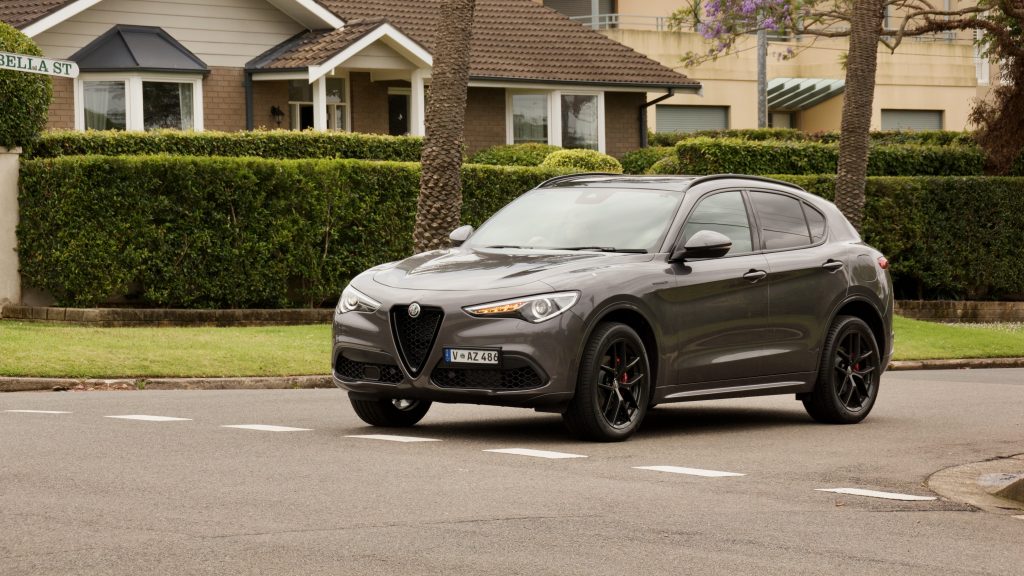
Price & Equipment: 8/10
Though the 2021 Alfa Romeo Stelvio range is priced from $64,950 plus on-road costs, we tested the top of the range (excluding the fire-breathing QV) Veloce, which is priced from $79,450 plus on-road costs (around $87,000 drive away depending on your location) – $15,000 more than the base model, though much better equipped.
The standard equipment list on the Stelvio Veloce is long, and includes 20-inch alloy wheels, automatic bi-xenon headlights (not LED) with LED tailights, auto wipers, leather upholstery with heated front and rear seats, a heated steering wheel, 14-way electrically adjustable front seats with driver’s memory functionality, an 8.8-inch touchscreen with Apple CarPlay and Android Auto, satellite navigation, digital radio, keyless entry and start, an electric boot with kick-to-open functionality, dual-zone climate control, a 10-speaker sound system, rear privacy glass, a stitched leather dashboard, adaptive dampers and Alfa Romeo’s ‘DNA’ drive mode selection with dynamic, normal and all-weather modes.
Safety equipment includes six airbags, auto emergency braking (AEB) with pedestrian detection, lane keep assist with lane trace assist, blind-spot monitoring with rear cross-traffic alert, a reversing camera with front and rear parking sensors, tyre pressure monitoring, auto-dimming mirrors, adaptive cruise control, auto high beam, driver behaviour monitoring, an alarm, speed sign recognition and intelligent speed control.
In terms of colours, ‘Alfa Red’ and ‘Alfa White’ are no cost options with ‘Vulcano Black’, ‘Anodised Blue’, ‘Misano Blue’, ‘Visconti Green’, ‘Perla Moonlight’ and our test car’s ‘Vesuvio Grey’ adding $1,645 to the price. Interior colour options include black, brown and red – though the traditional Alfa Romeo tan is nowhere to be seen.
Other options for the Stelvio Veloce include a $1,270 900W 14-speaker Harman Kardon sound system, $770 black or yellow brake calipers, a $810 different 20-inch wheel design, a $620 space saver spare wheel (we’d tick that box) and a $2,545 panoramic sunroof, which was fitted to our test car.
Chief competitors to the Stelvio Veloce include the $87,900 (plus on-road costs) BMW X3 xDrive30i, the $80,990 Volvo XC60 B6 R-Design and the $80,730 Jaguar F-Pace P250 R-Dynamic SE. Thanks to its long equipment list, the Stelvio is actually quite good value in its segment and a some of its equipment list remains optional on competitors – one must spend in excess of $10,000 on a Jaguar F-Pace to match the Stelvio’s inclusions, for example.
But the options lists on rivals highlights available equipment that the Stelvio should offer, even as an option. We’re talking items such as a 360-degree parking camera, LED headlights, Matrix adaptive high beam functionality, more advanced infotainment systems with inbuilt SIM cards for online services, more airbags, head-up displays, digital instrument clusters and cooled and massage functionality for the front seats. All of these features are unavailable with any Stelvio in the world and the brand should offer them in order to compete with the established rivals better.
Performance & Fuel Economy: 8/10
Under the bonnet of all regular 2021 Alfa Romeo Stelvio models in Australia is a 2.0-litre turbocharged four-cylinder petrol engine that makes 148kW/330Nm in the base model and Sport, and 206kW/400Nm in the Veloce that we tested. All Stelvio models use an eight-speed automatic transmission with gorgeous aluminium paddle shifters that are a joy to use.
Capable of sprinting to 100km/h in just 5.7 seconds, the Stelvio Veloce certainly has the performance to back up its wonderful chassis balance. The engine itself is quite a gutsy unit, with the full 400Nm hitting at just 2,250rpm and the full 206kW coming on song at 5,250rpm, and thanks to the quick-shifting ZF gearbox, you’re seemingly always in the power band with not much turbo lag. Aurally, the engine doesn’t offer a sound as good as Alfa’s past V6s, but it’s nicer to listen to than the XC60’s turbo petrol engine.
For maximum attack, it’s best to put the Stelvio into the ‘D’ part of DNA – aka, dynamic mode – because it’s not watered down for fuel economy in this mode. It feels like a proper 5.7 second to 100km/h car in D mode, and the gearbox and throttle response has the quick reactions to match – though it’s definitely most fun in manual mode using the gorgeous paddle shifters.
Regardless of model, Alfa Romeo claims combined fuel consumption of 7.0L/100km, but we achieved of 10.3L/10km in mostly urban driving. Like rivals, the Stelvio must be filled with minimum 95RON fuel and it features a 64-litre fuel tank.
Ride & Handling: 9/10
Sitting on the same ‘Giorgio’ platform as the wonderful Giulia sedan, the Stelvio is undoubtedly the SUV to buy if you enjoy driving. Why is that? Because it drives like no SUV has a right to – it’s taut, it’s balanced and it’s very good fun. The steering is well weighted – much more so than an XC60 – and like the Giulia, the rack itself is quite quick for almost telepathic steering response.
Dynamically, the Stelvio is stellar. There’s plenty of grip through the chassis and despite its 1,619kg tare mass – which is around the same as a smaller Volkswagen Tiguan, so well done Alfa Romeo – it features little body roll. You can hit corners at amazing speeds and thanks to the rear-biased all-wheel drive system and the Veloce’s limited-slip differential, it just pulls out of them without a fuss. Well, until your kids scream at you to slow down anyway.
You’ll definitely want to keep it in the ‘D’ part of the DNA drive mode selection system, which firms the suspension and steering slightly to proper levels – the ‘N’ and ‘A’ modes dull the Stelvio noticeably for regular driving use. The only part of the dynamic package we didn’t completely gel with are the brake-by-wire brakes, which give off a feeless and wooden vibe, making them difficult to modulate.
Another downside to the Stelvio’s sporty focus, it’s the ride quality, which can feel a little too firm at times thanks to the huge 20-inch wheels. At highway speeds it’s great, with fabulous body control and a very solid feeling, but the rubbish roads around Sydney proved that it can be a touch firm at lower speeds. Road noise levels are higher than you’d expect as well, and the visibility isn’t great. But those issues dissolve when you show the Stelvio a set of corners and if you love driving, the Stelvio is definitely the SUV to buy – though a Giulia will be even better.
Interior & Practicality: 8/10
The interior of the 2021 Alfa Romeo Stelvio Veloce is largely shared with the Giulia sedan, which is no bad thing given how lovely it is to spend time in. There’s a strong use of quality Italian leathers on the seats, upper dashboard and door trims, while the switchgear has been given an upgrade with a recent model year freshen up.
The cabin layout of the Stelvio is swoopy and more visually interesting than the equivalent Germans, for example. There are lovely circular vents at each end of the dashboard, while the centre console offers reasonable practicality with nicely sized cup holders, an under-armrest cubby hole with a wireless phone charger, nicely sized door bins and a reasonable glove box.
Centre of the Stelvio’s cabin is an 8.8-inch touchscreen with Apple CarPlay and Android Auto, satellite navigation and digital radio. It can be used as a touchscreen or with the control wheel on the centre console, which is great. The graphics are a touch dated however, and the screen resolution needs improving to reach the heights of some of its rivals. The grainy reversing camera is the worst part of the screen – especially when sister company Jeep, let alone rivals such as the BMW X3 have better systems.
Special note must go to the Stelvio’s seats, however, as they are wonderful. Adjustable in 16 different ways, they’re comfortable, supportive and very body-hugging – so much so that larger folk may not fit comfortably in them. But when you’re punting the Stelvio hard on a backroad, they’re perfection.
The sporty focus of the Stelvio hits home more in the back seat, where the space on offer is not huge. Legroom and headroom for six-footers is not great and an XC60 or Q5 offers more space in the back. The rear seat is well featured, however, with vents, USB ports, a centre arm rest with cup holders, heated seats and reasonable door pockets.
The boot of the Stelvio measures in at 525-litres (499L with the optional spare wheel that raises the floor slightly) with the seats erect, and 1,600L with the seats folded flat. There are some clever boot touches such as nets, seat releases, a 40:20:40-split for the backrest, a 12V socket and hooks to hang bags off.
Service & Warranty: 6/10
Like the Giulia, the Stelvio features a three-year/150,000km warranty with roadside assistance for the same duration, which is lacklustre in the luxury car segment – let alone the mainstream segment, where five and even seven years of warranty has become the norm. The Stelvio requires servicing once yearly or every 15,000km, and five years/75,000km of servicing costs $2,865 ($573 per service) – not cheap, but almost $1,000 less over the same time period than a VW Tiguan.
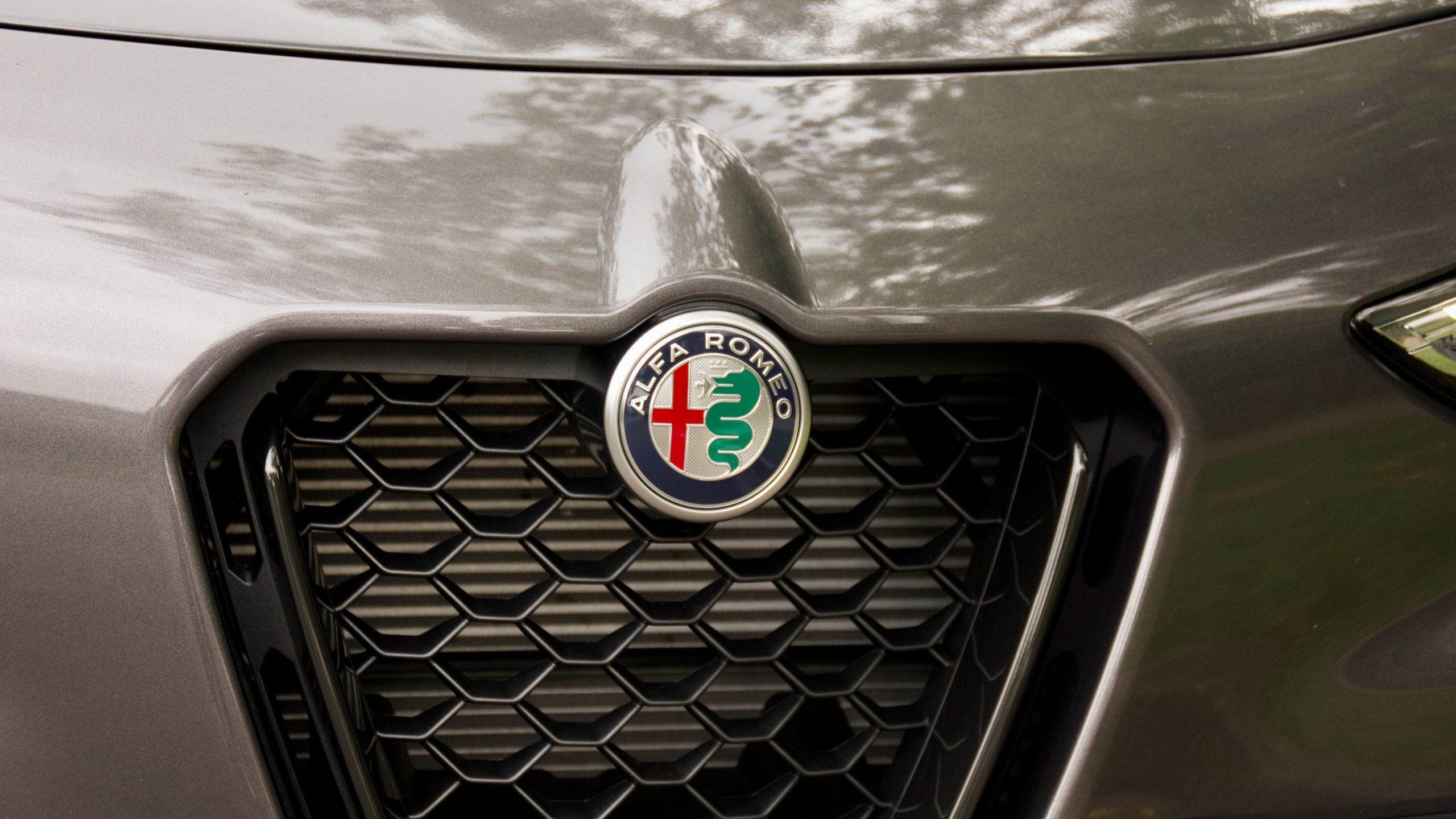
Alfa Romeo doesn’t offer a pre-paid service plan, but all of its rivals do. A five-year pack on the BMW X3 costs $1,950 (up to 80,000km), one on the Volvo XC60 costs $2,500 (up to 75,000km) and one on the Jaguar F-Pace P250 costs $1,950 (up to 102,000km). BMW features a three-year/unlimited km warranty, while both Volvo and Jaguar offer five years/unlimited km of warranty.
The 2021 Alfa Romeo Stelvio Veloce DiscoverAuto Rating: 7.8/10
If you’re a keen driver, make no mistake, the 2021 Alfa Romeo Stelvio Veloce is the SUV to buy. Even above other sporting brands such as Jaguar and BMW, the Stelvio has moves that the F-Pace and X3 cannot match with pin sharp steering and handling, a punchy engine and sultry styling that doesn’t come at too much of a cost to practicality. The Stelvio is also relatively good value for money in its segment with a long standard equipment list, its quality is excellent with a lovely stitched dashboard and while its sportiness makes it firm, it’s never uncomfortable.
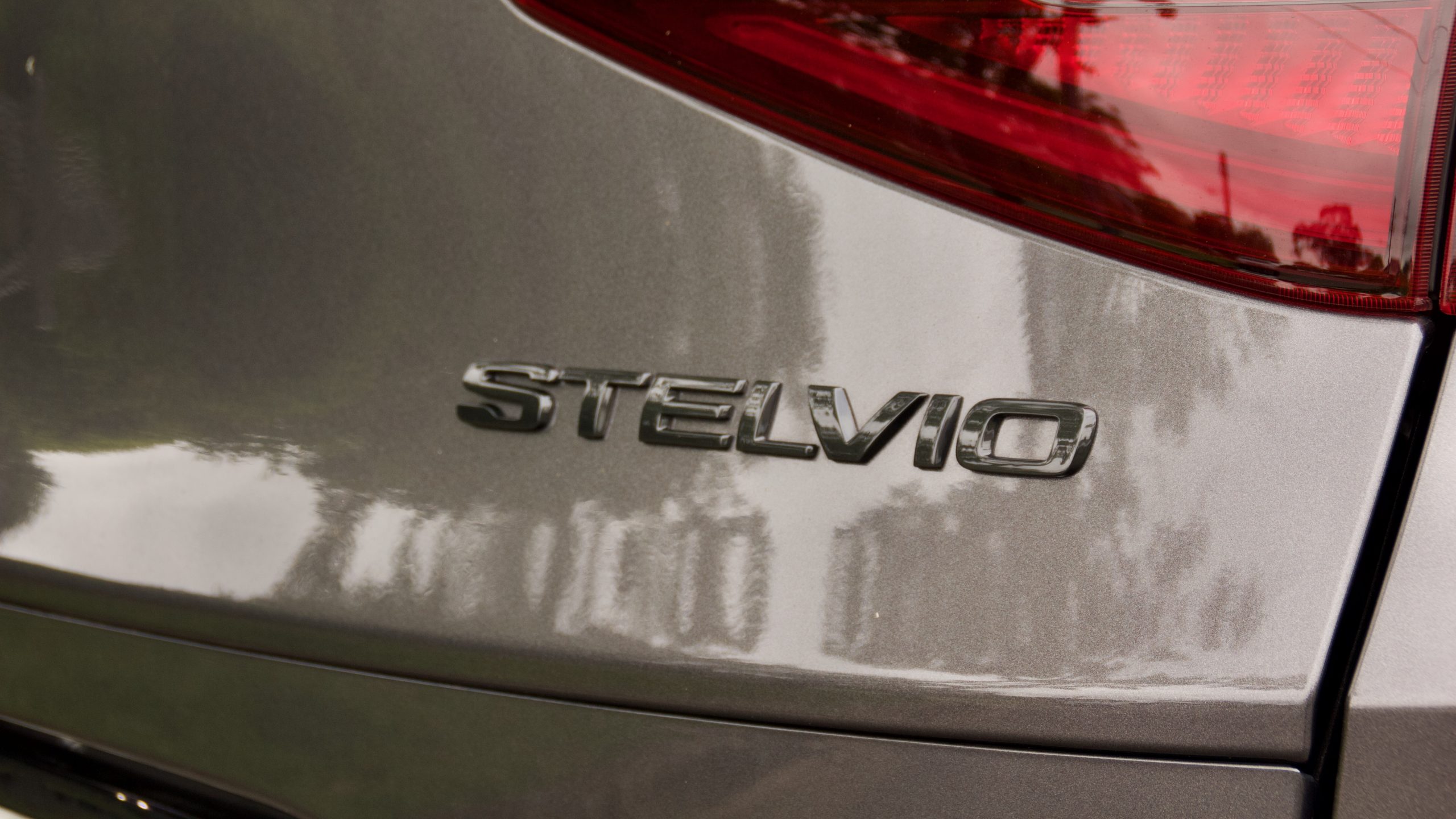
What would improve its score would be a better service and warranty package as only three years of warranty is not enough in 2021, especially with Alfa Romeo’s reputation for reliability. The Stelvio should also offer a wider range of high-tech equipment that all of its rivals offer as at least an option – features such as LED headlights, a 360-degree parking camera, heads-up displays and so on are unavailable on the Stelvio. But these issues aside, the Stelvio is a great option in the luxury mid-size segment because unlike a lot of competitors, it has life to it. It has character and it’s definite proof that brands can cover more segments but keep their brand feel.
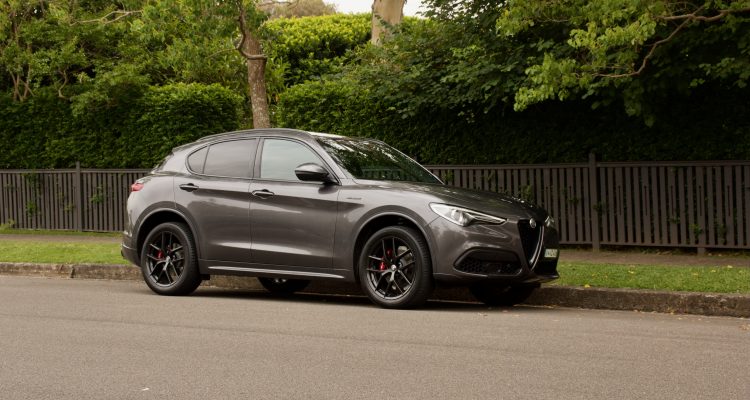
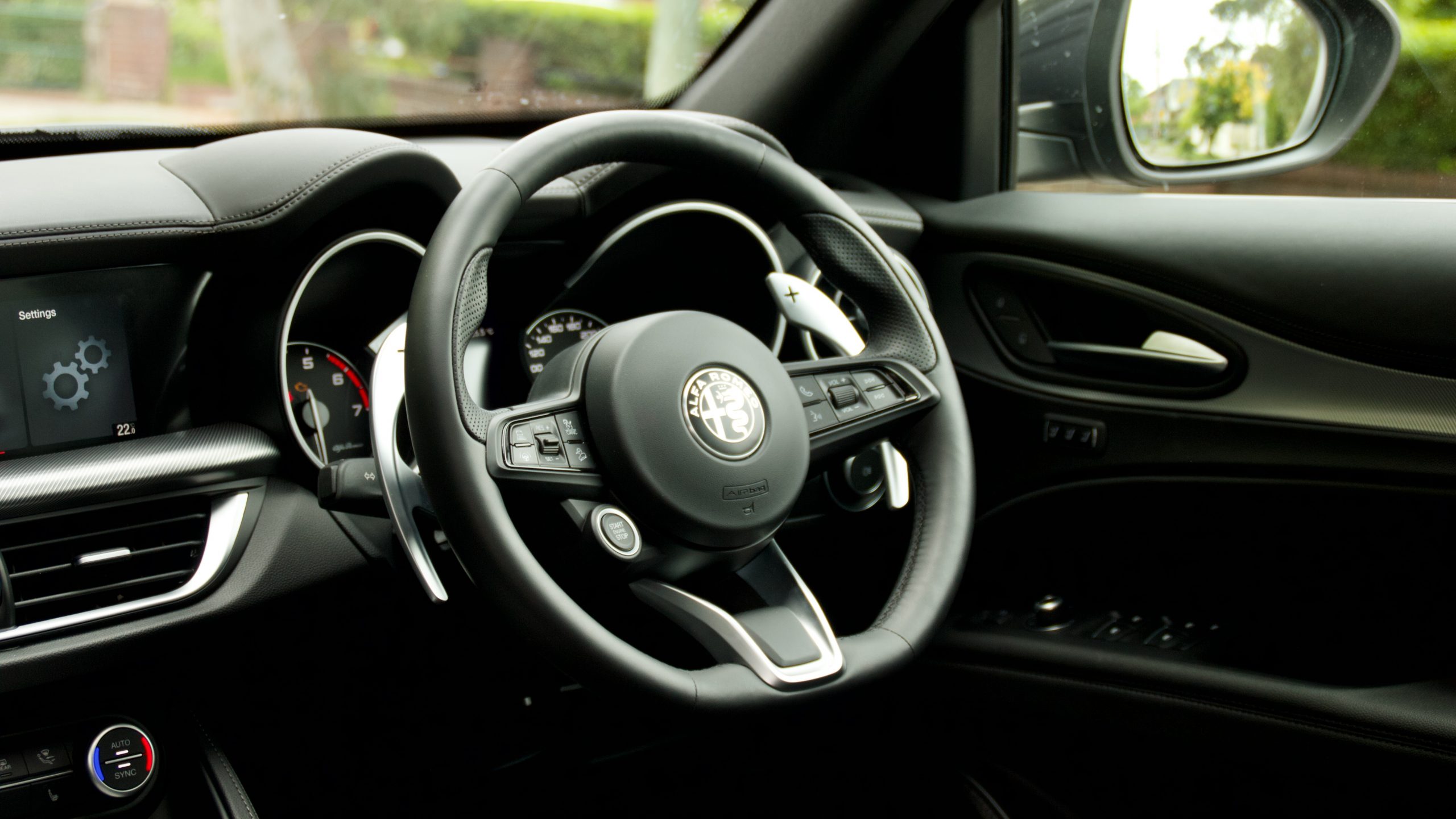
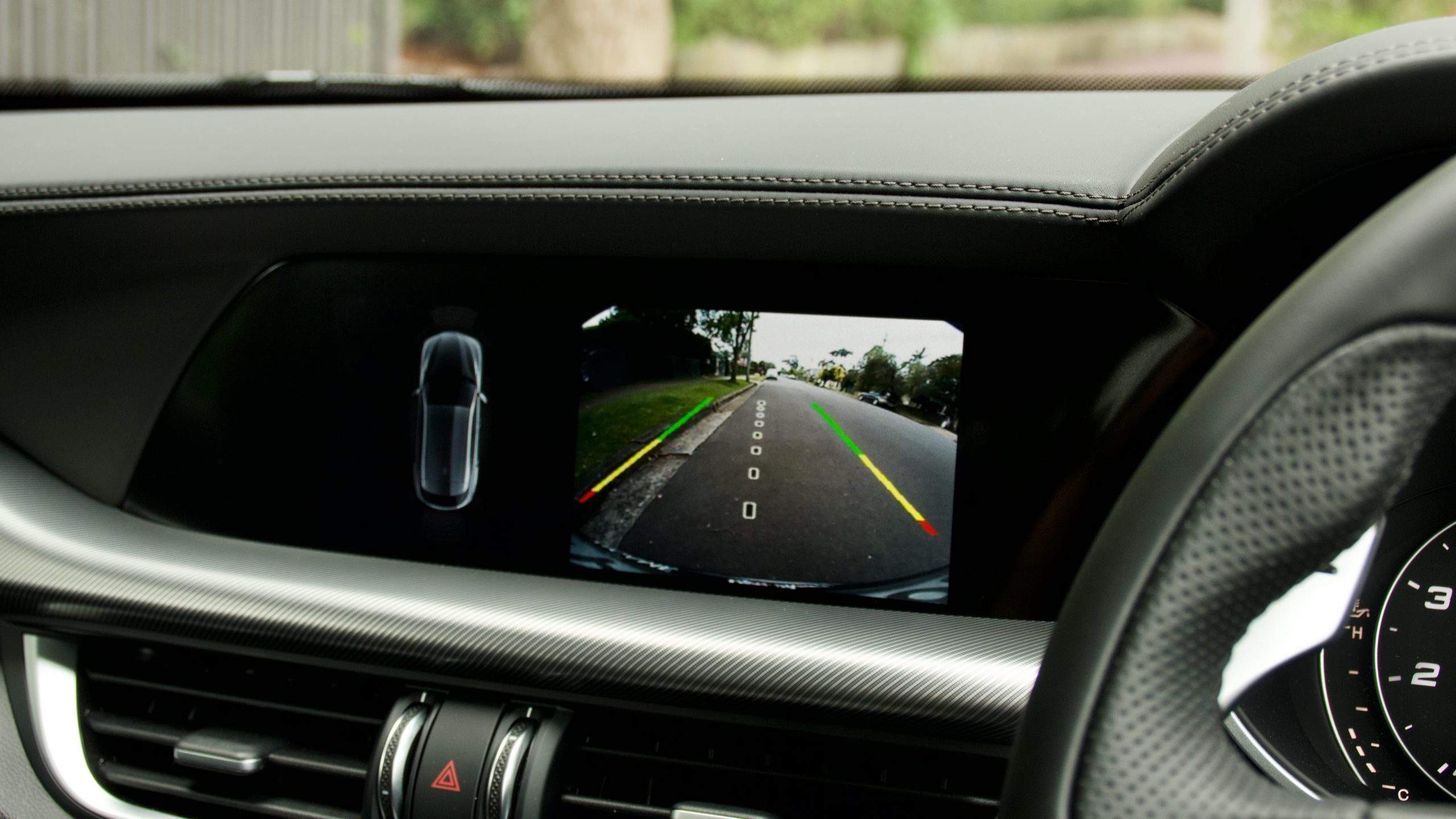
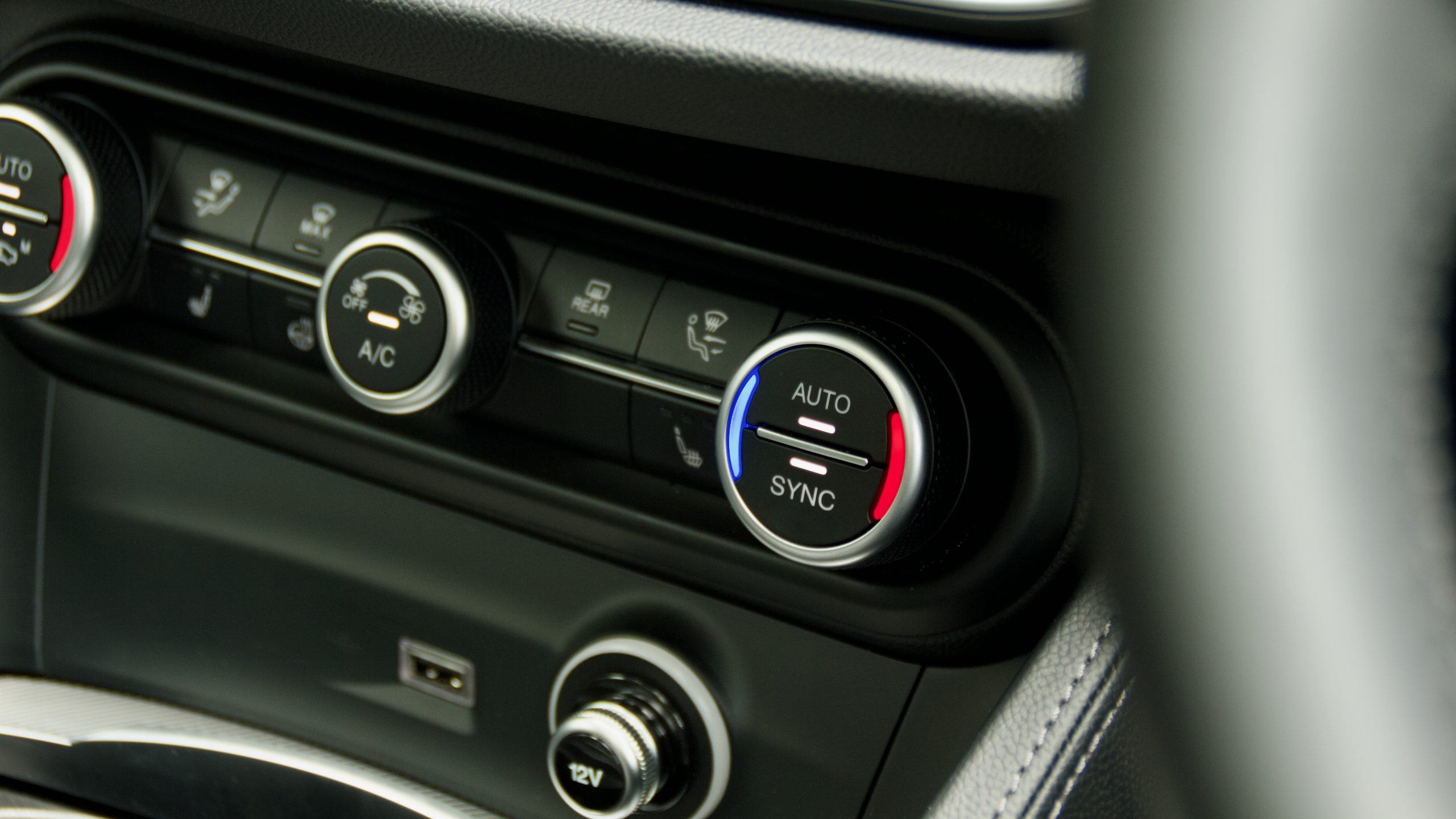
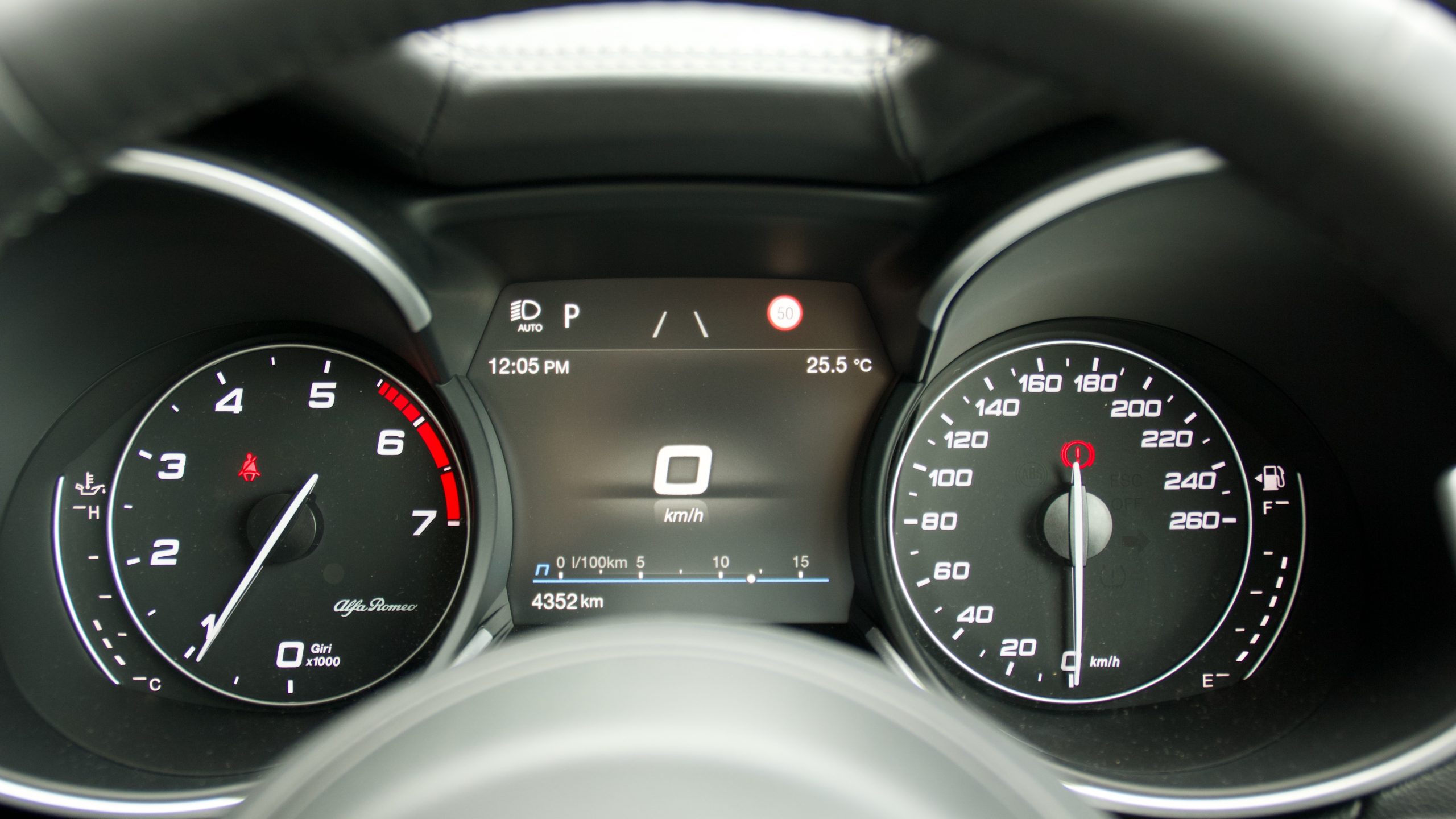
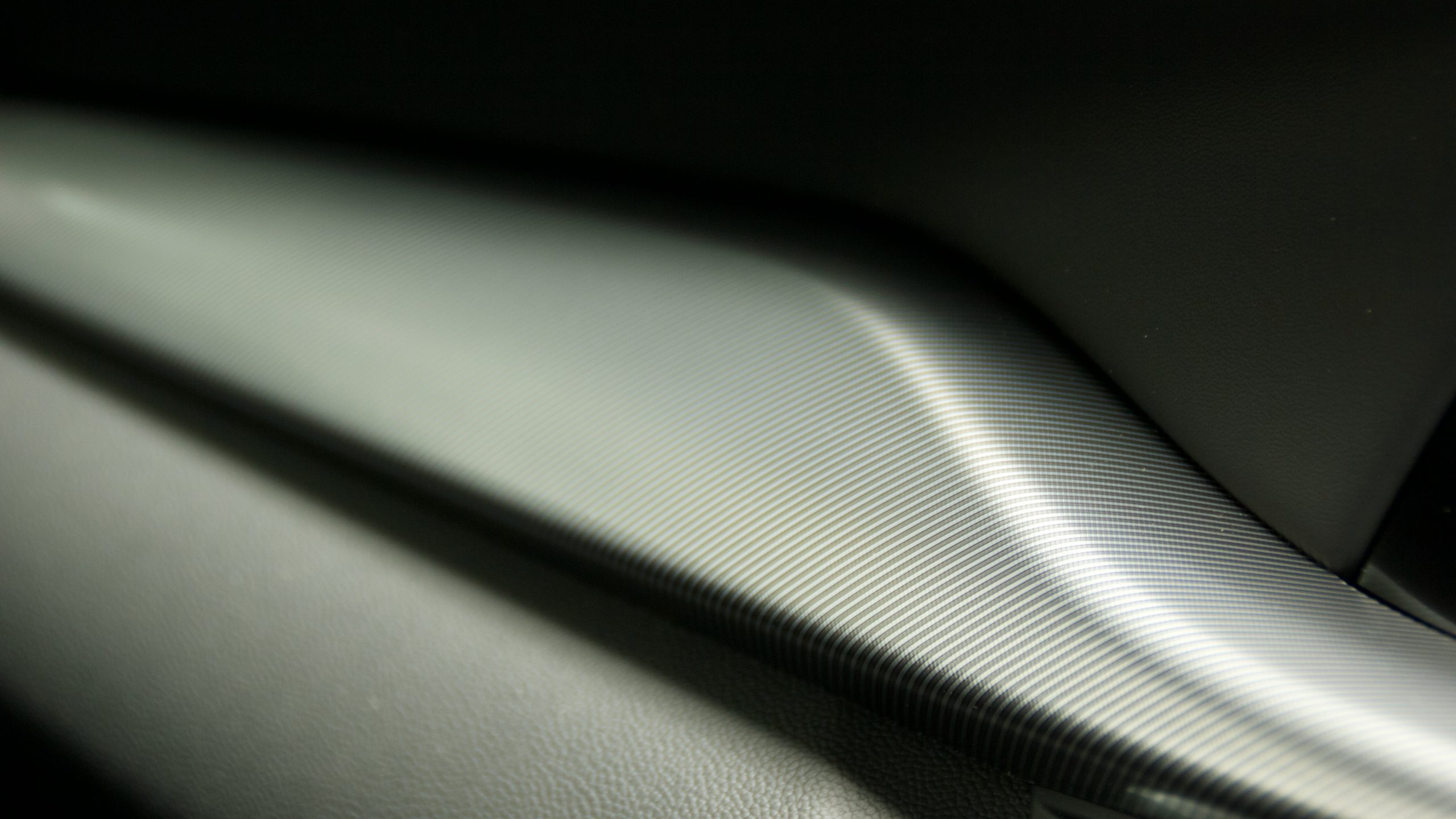
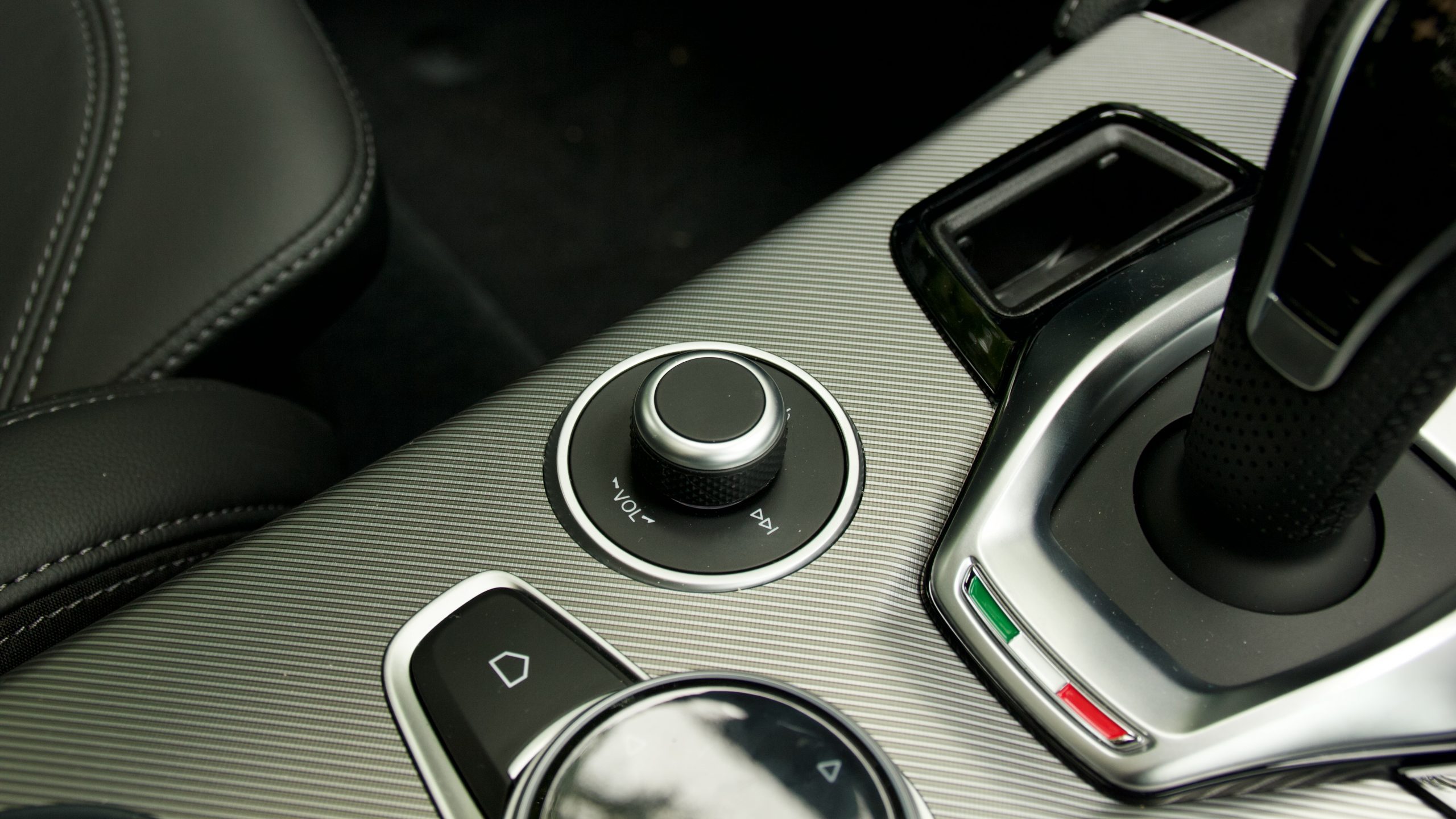
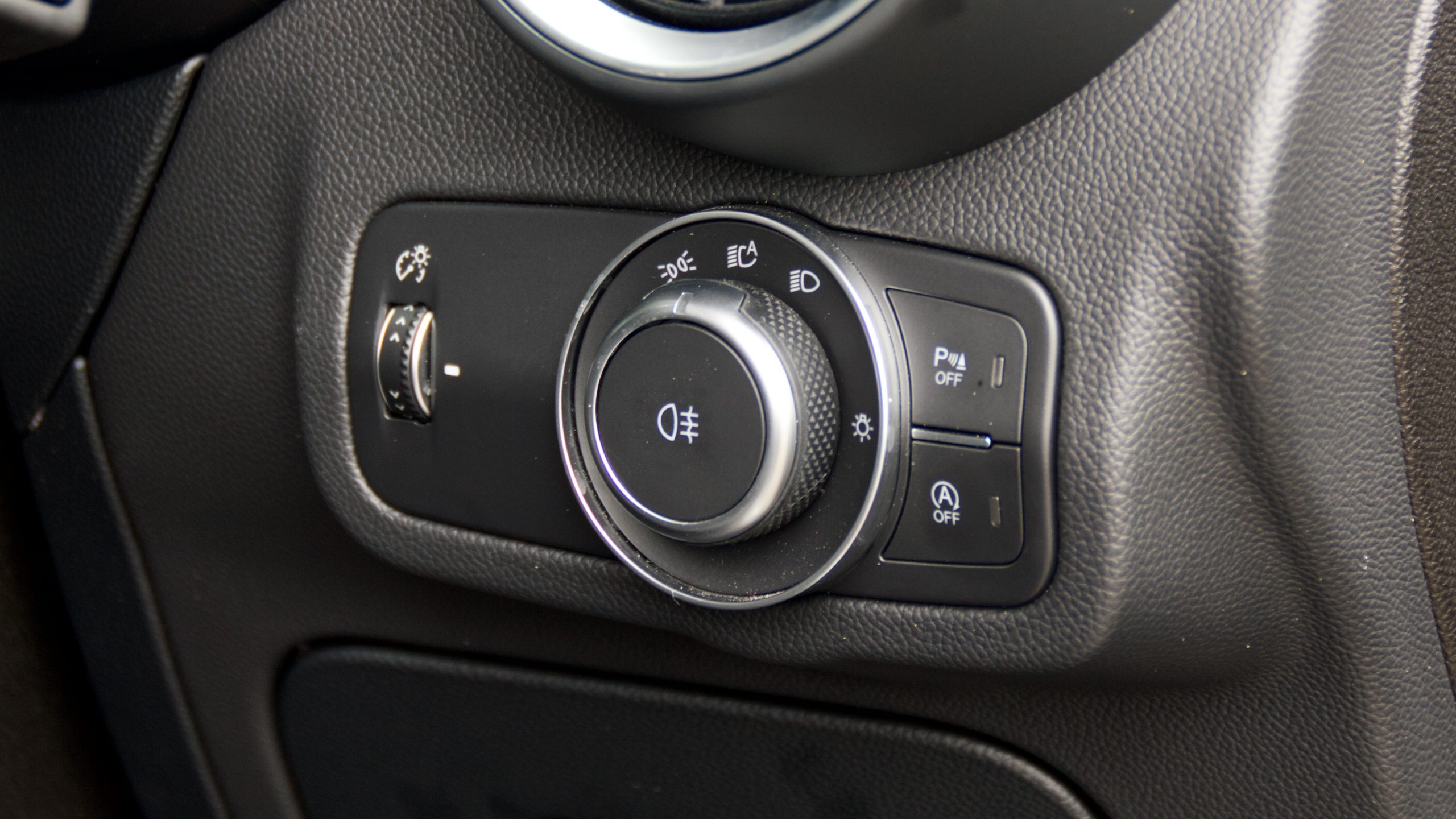
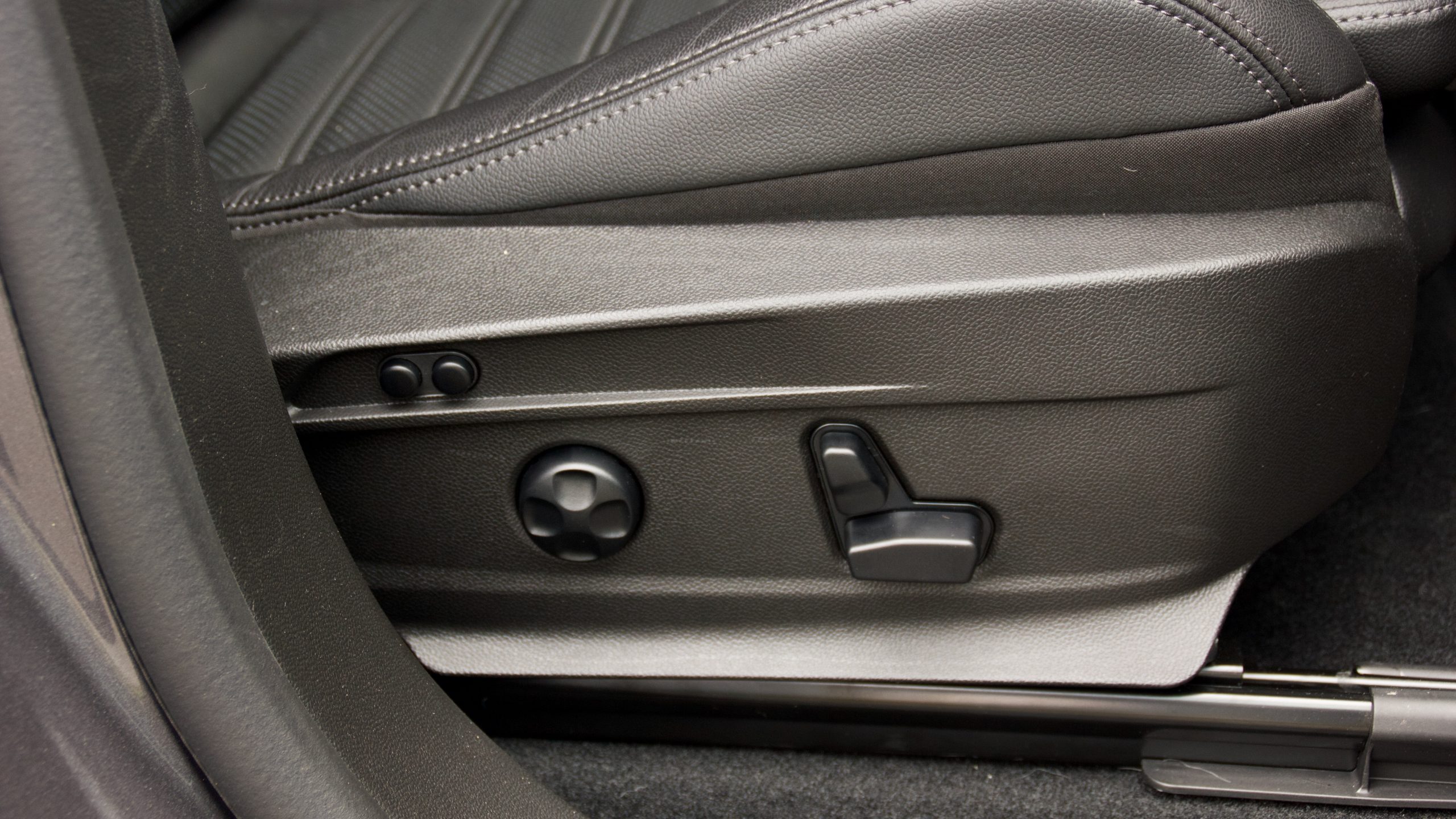
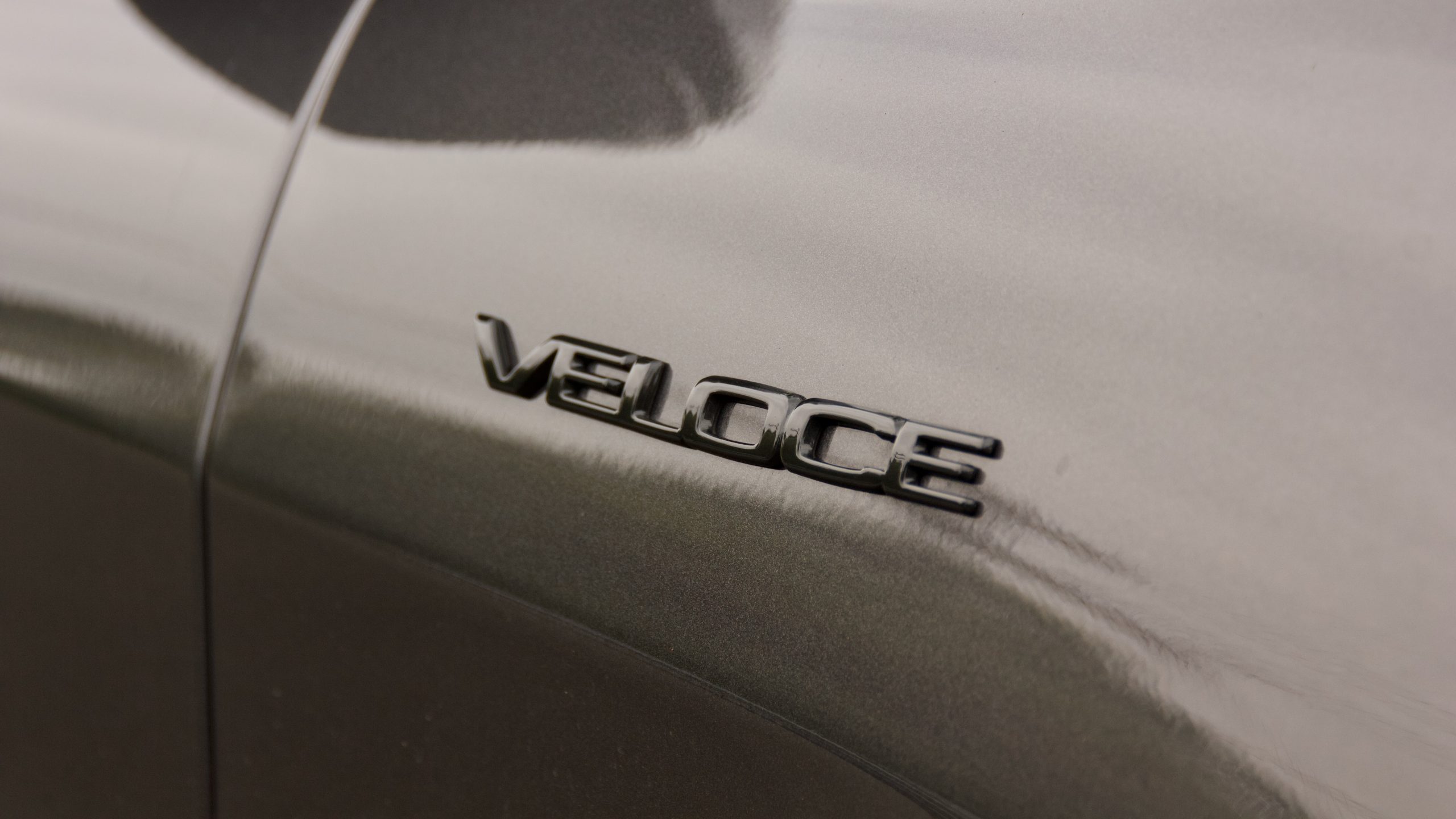
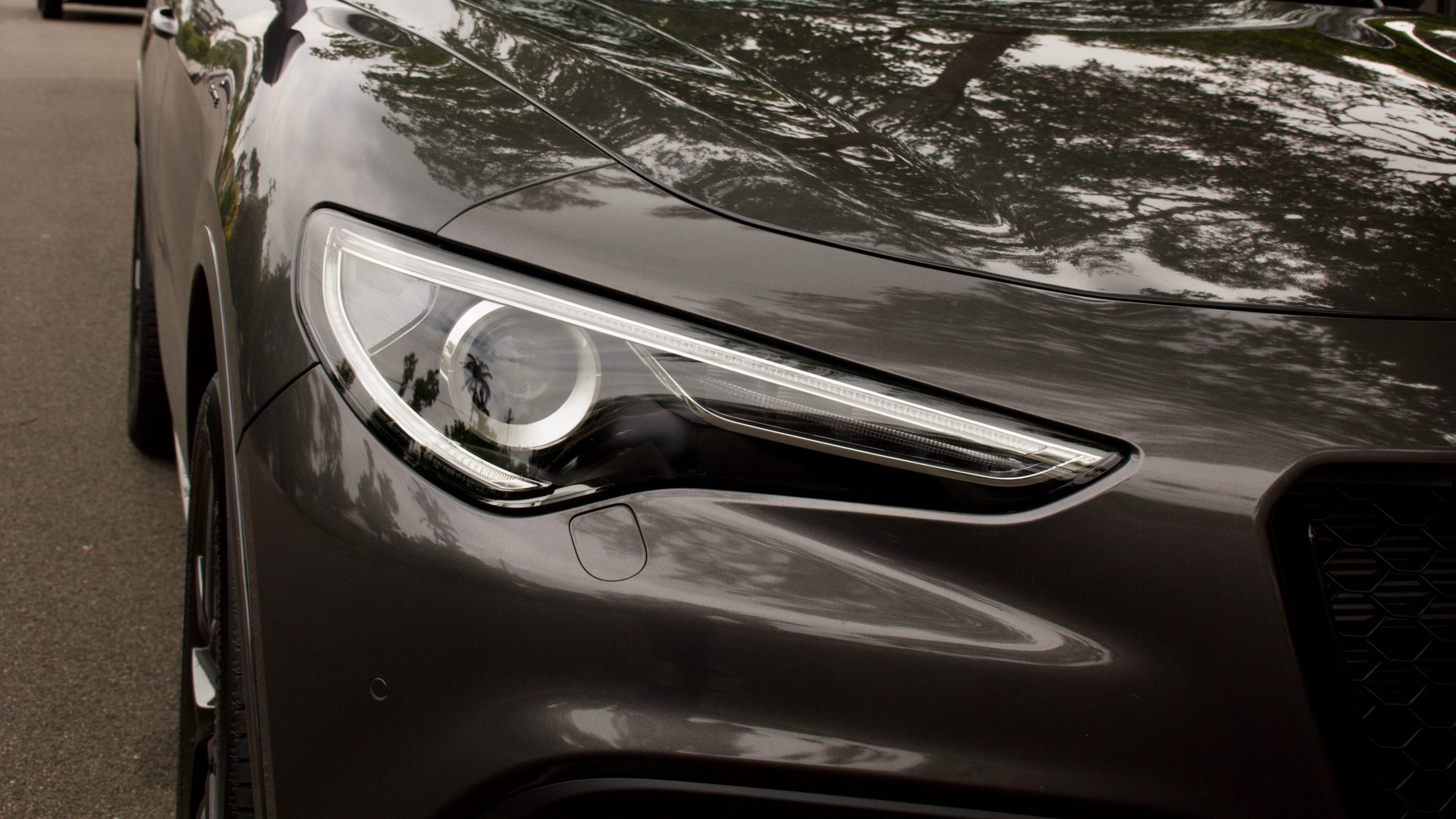
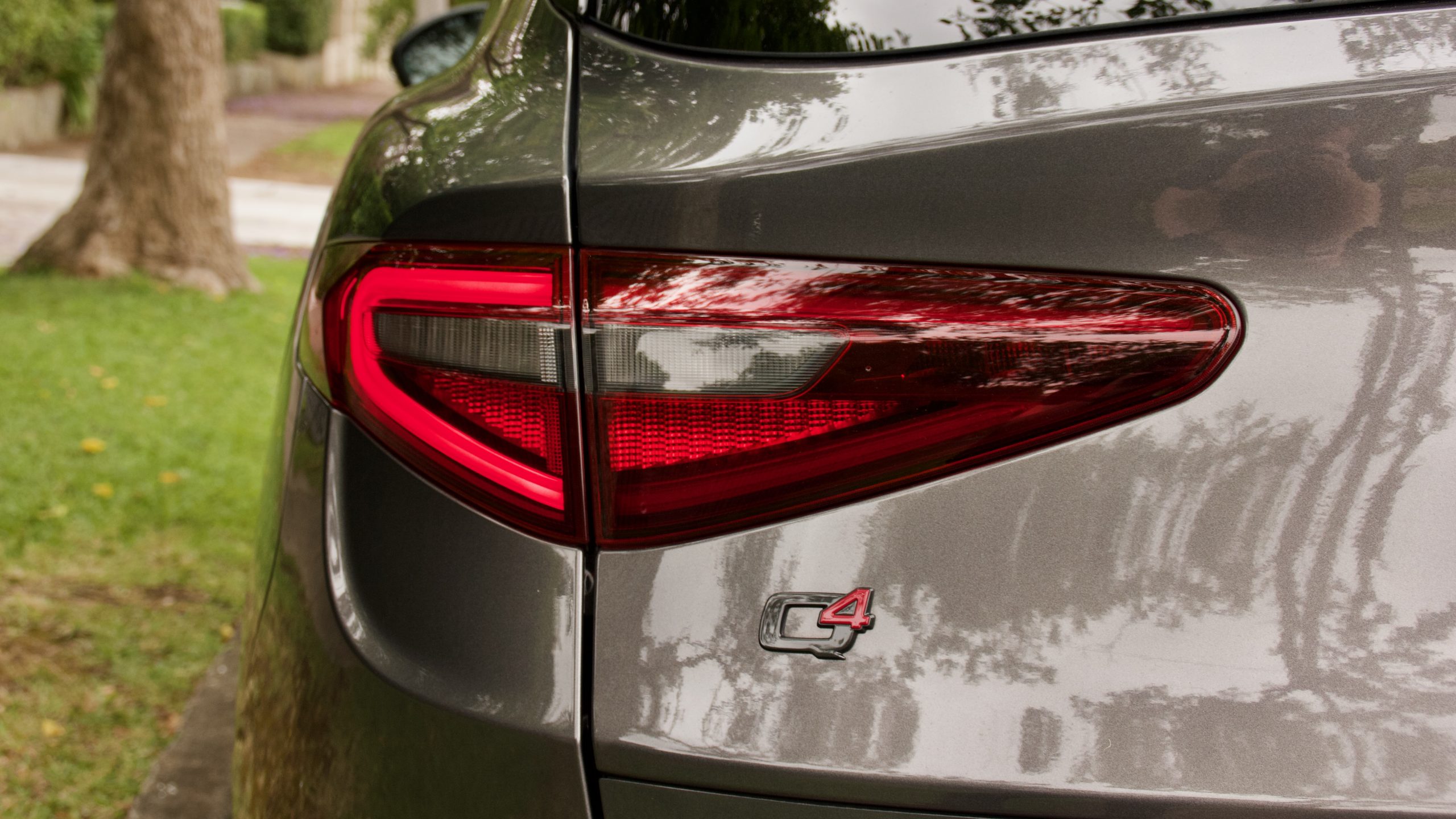
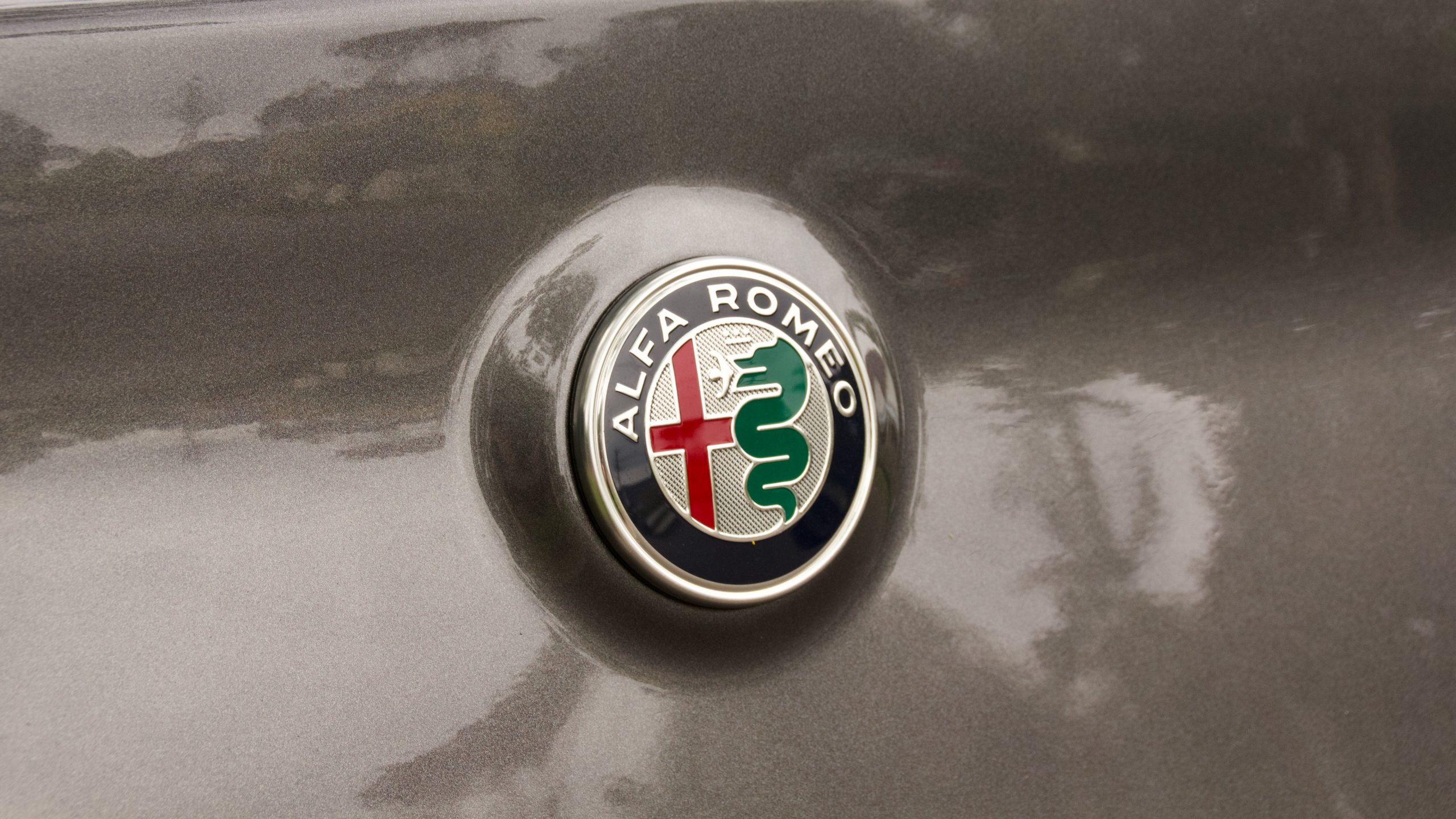
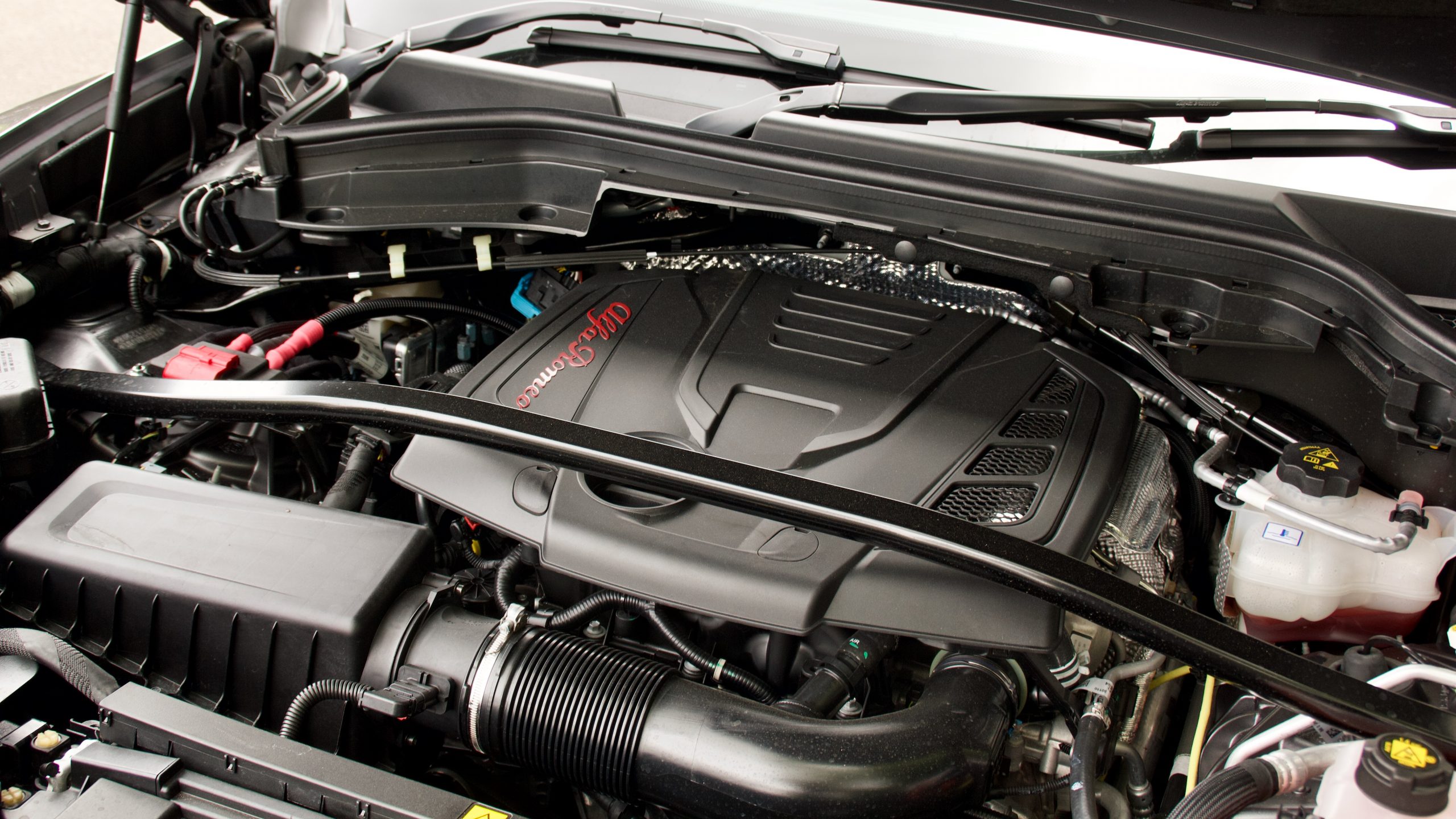
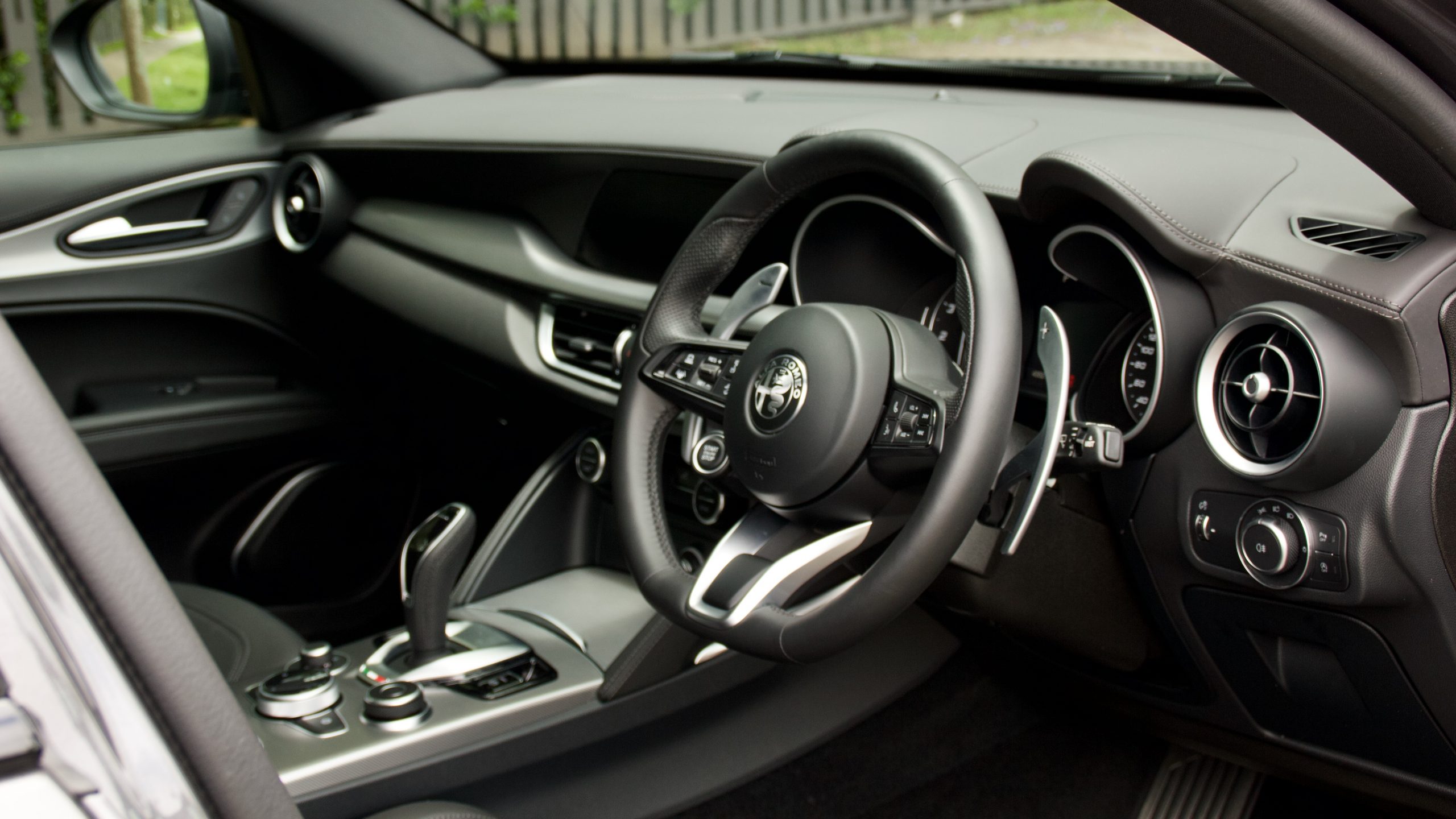
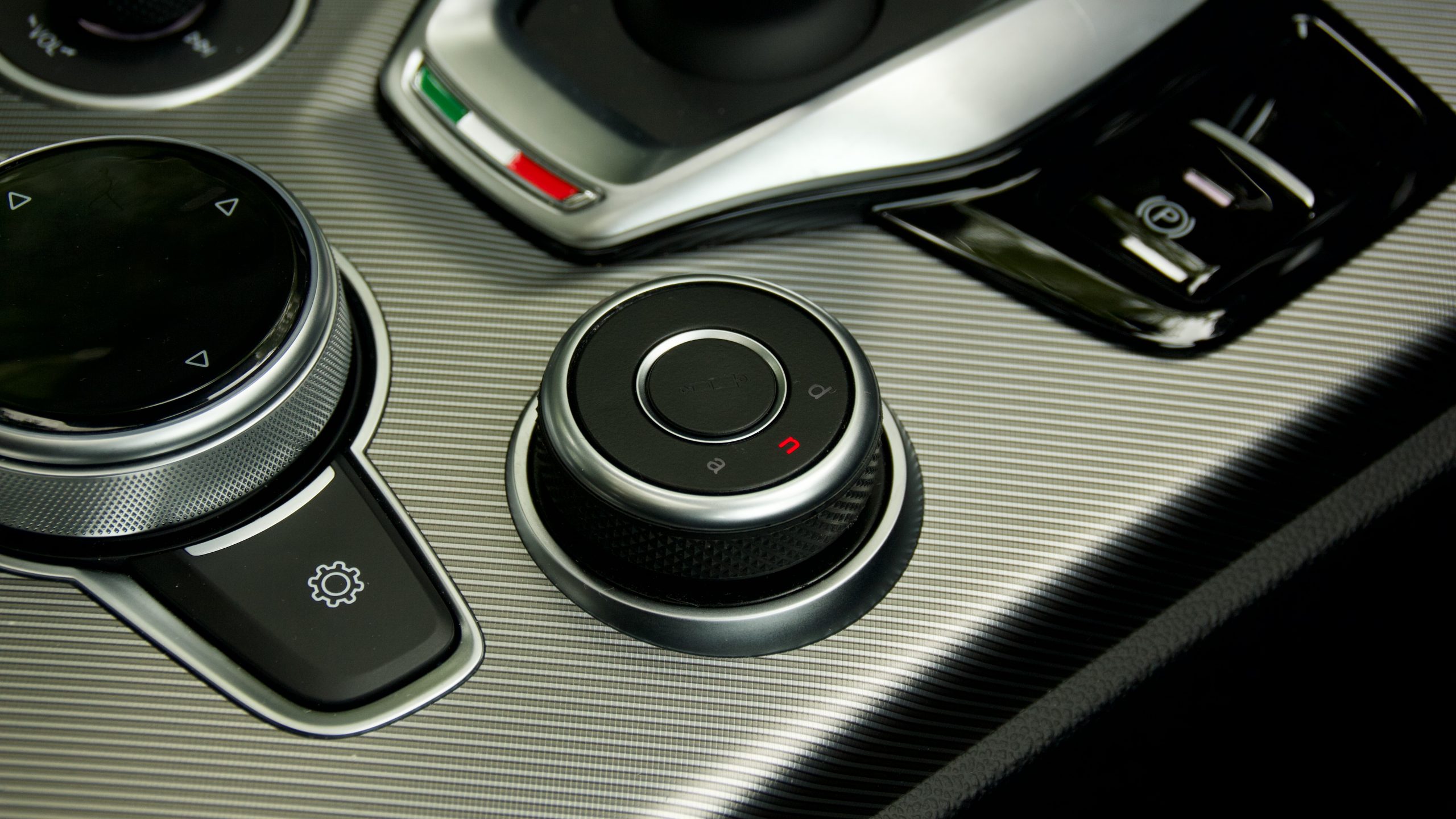
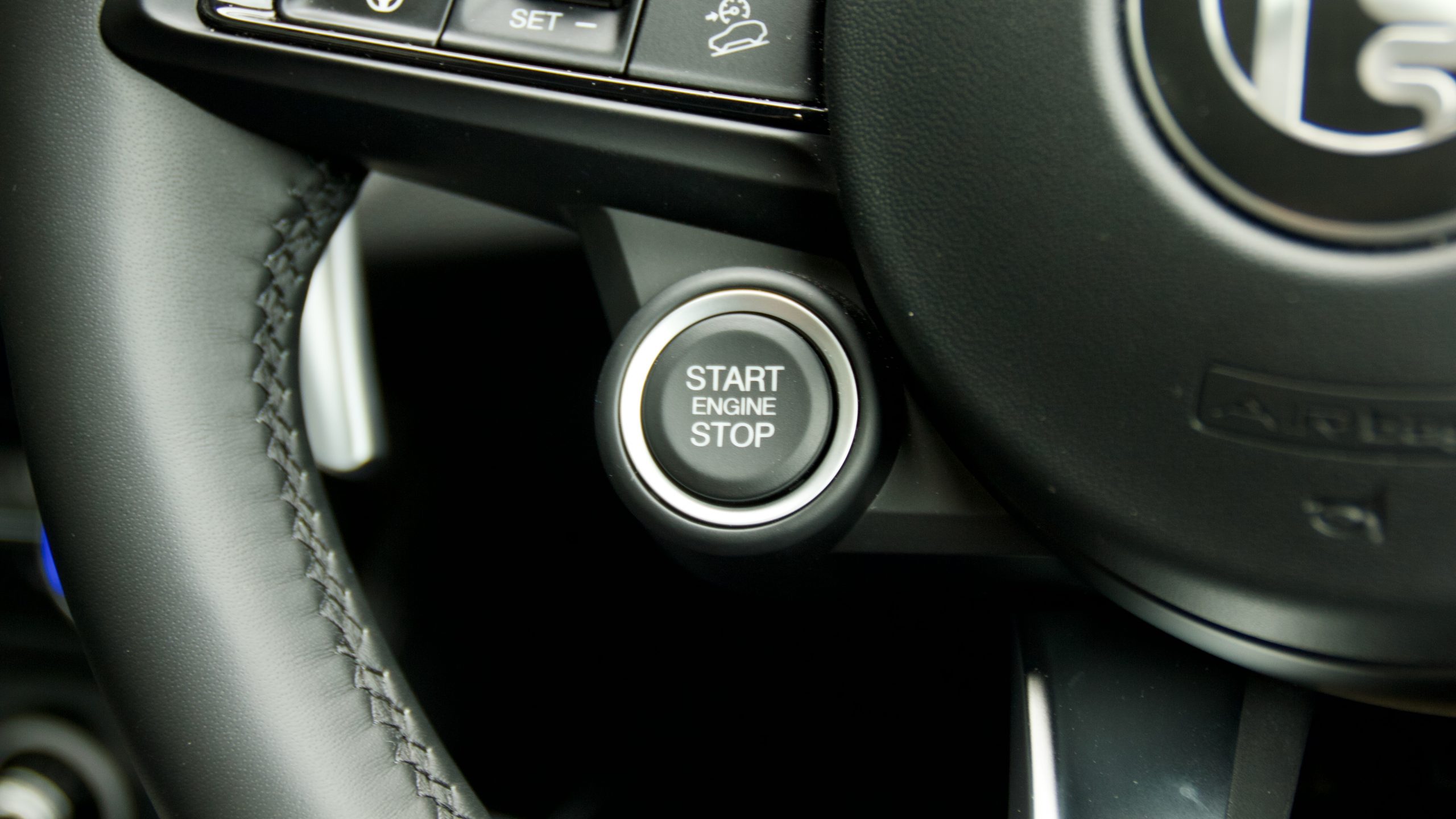
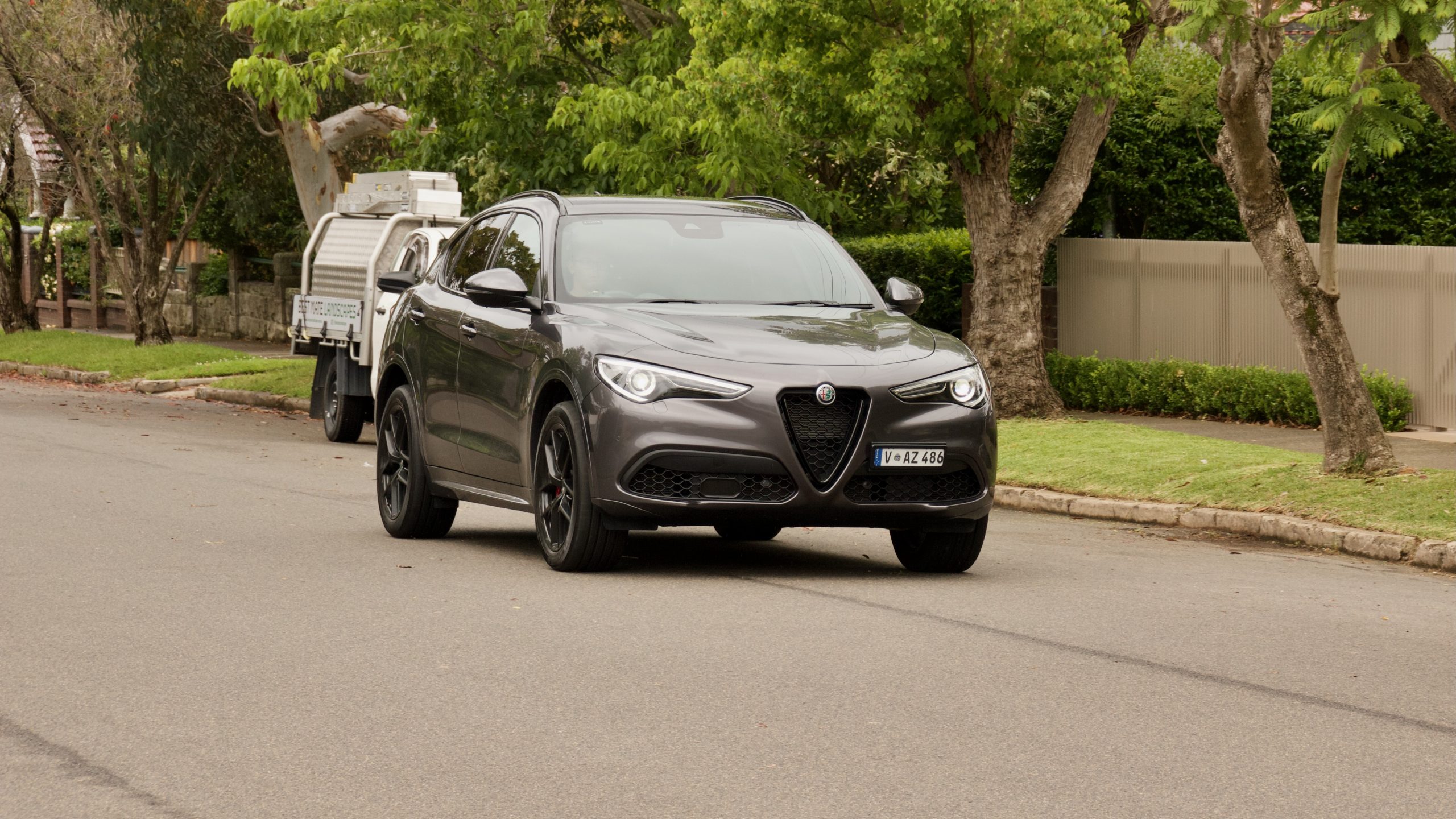
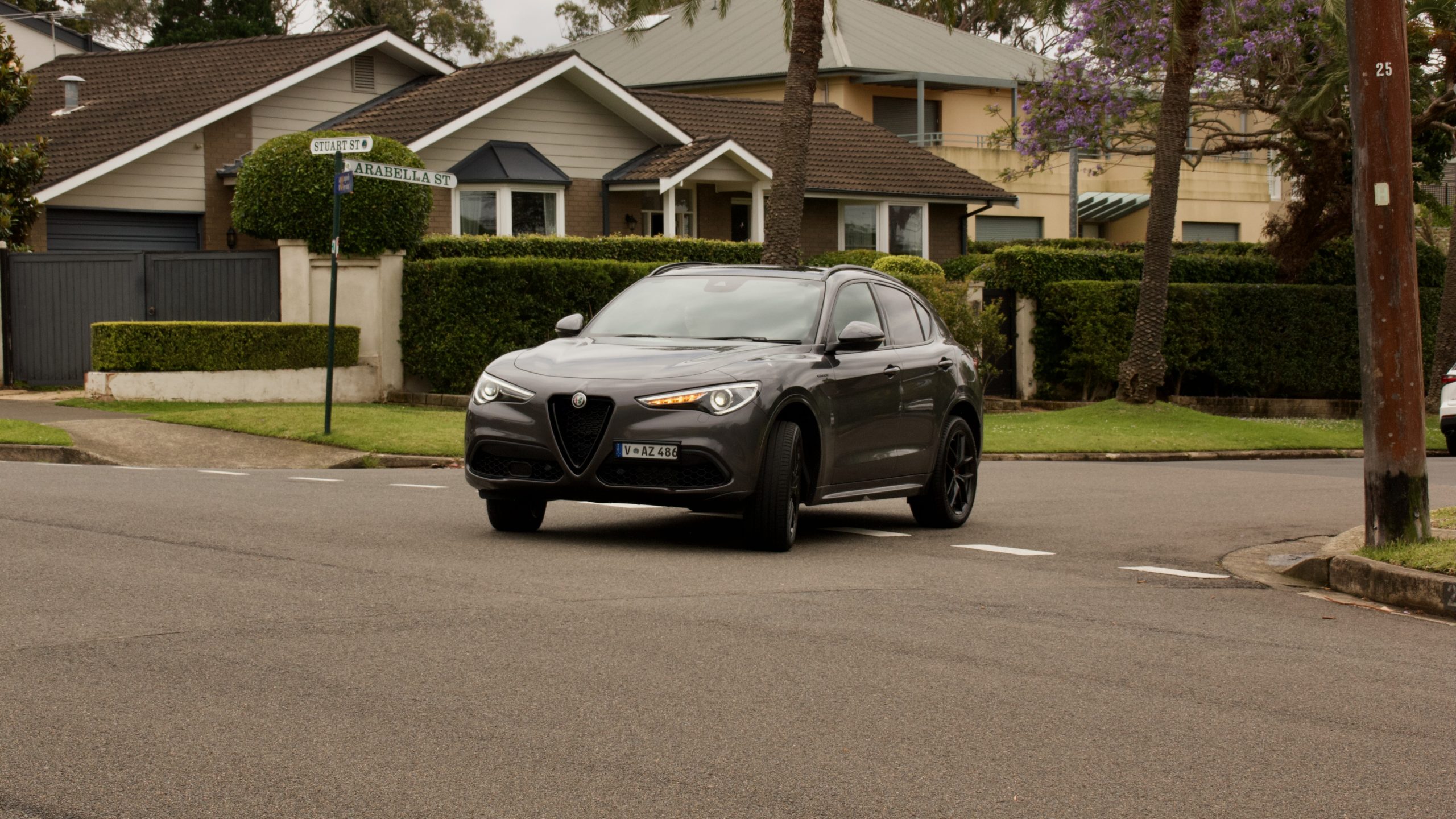
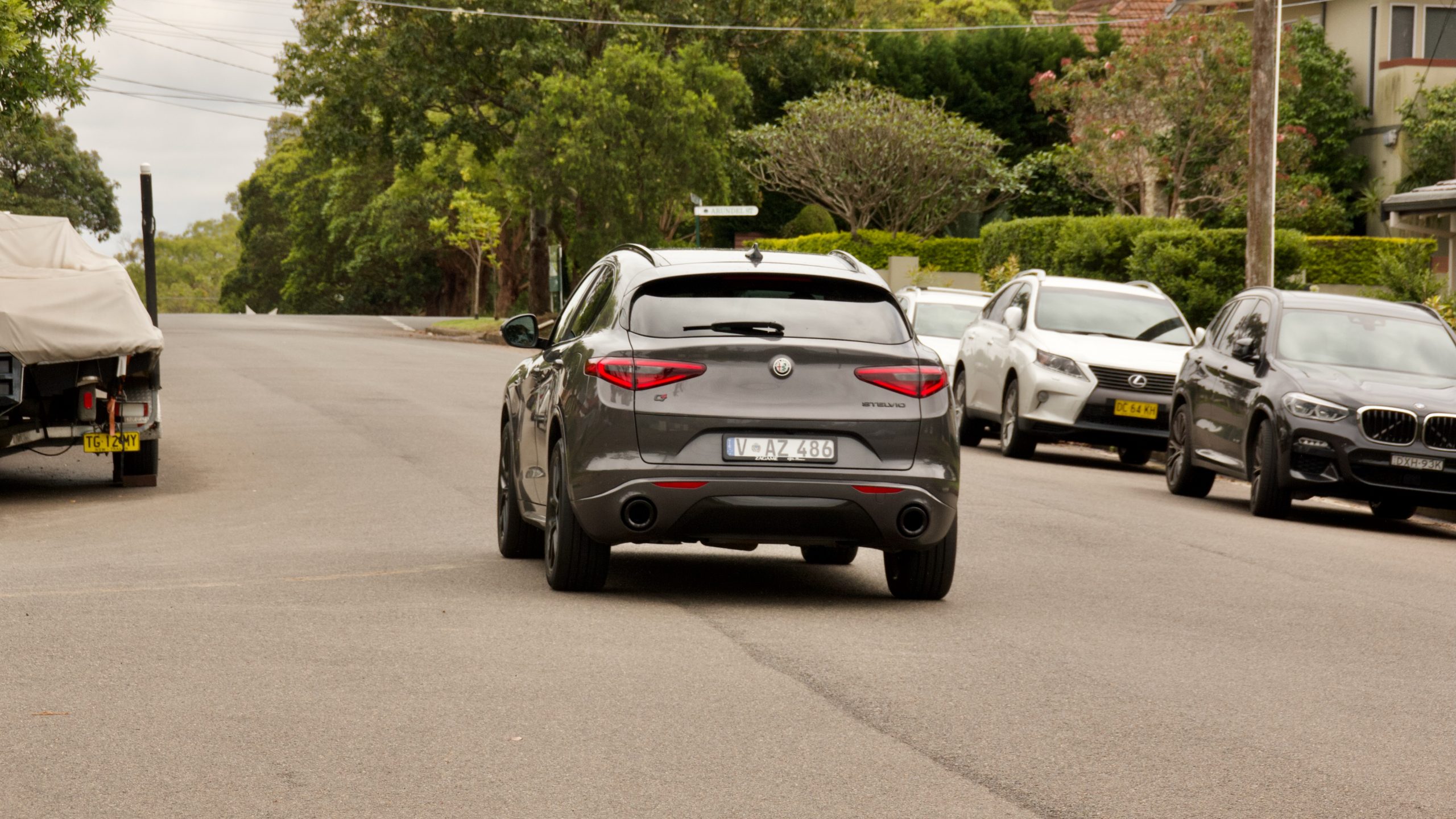
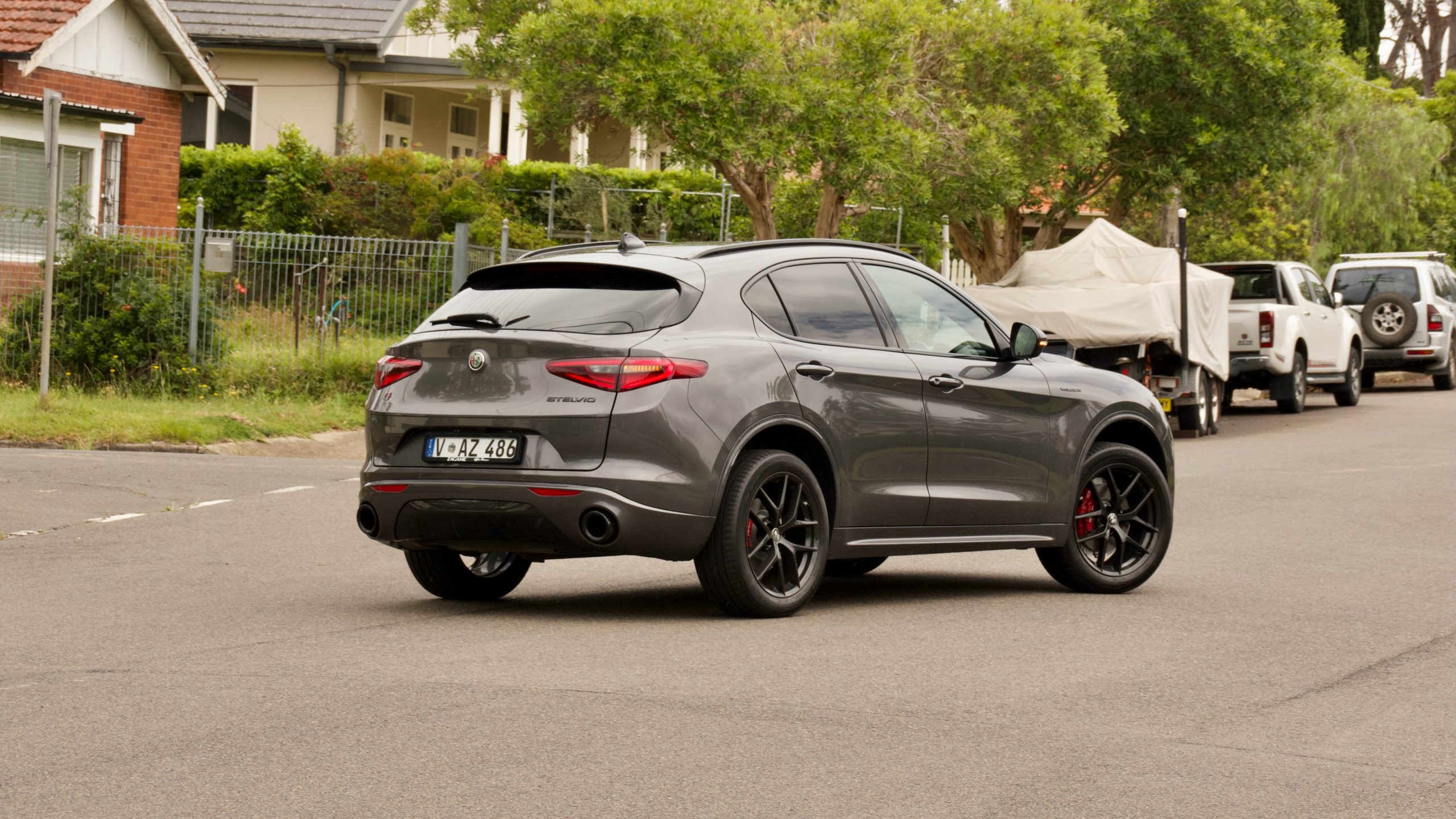
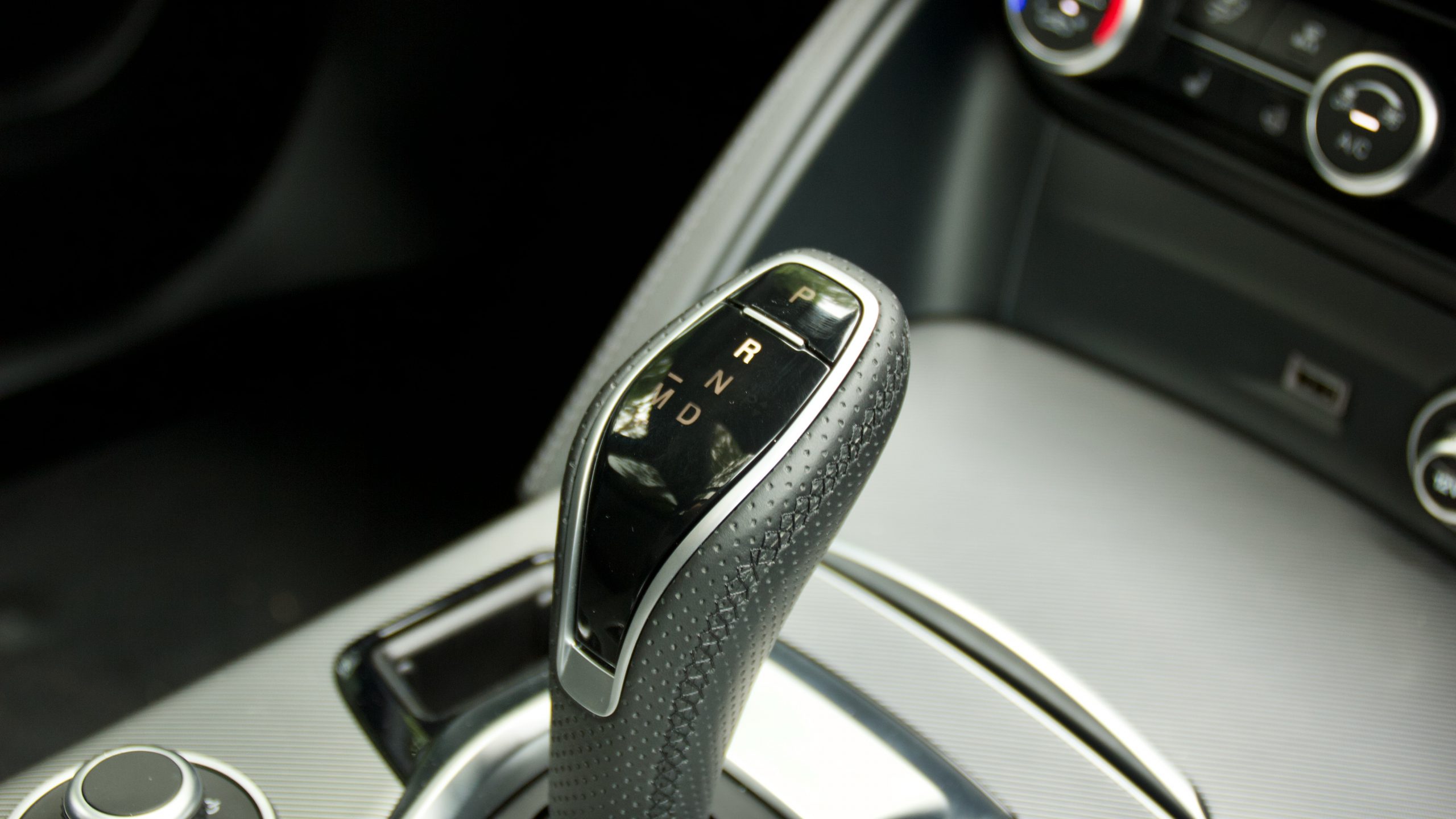
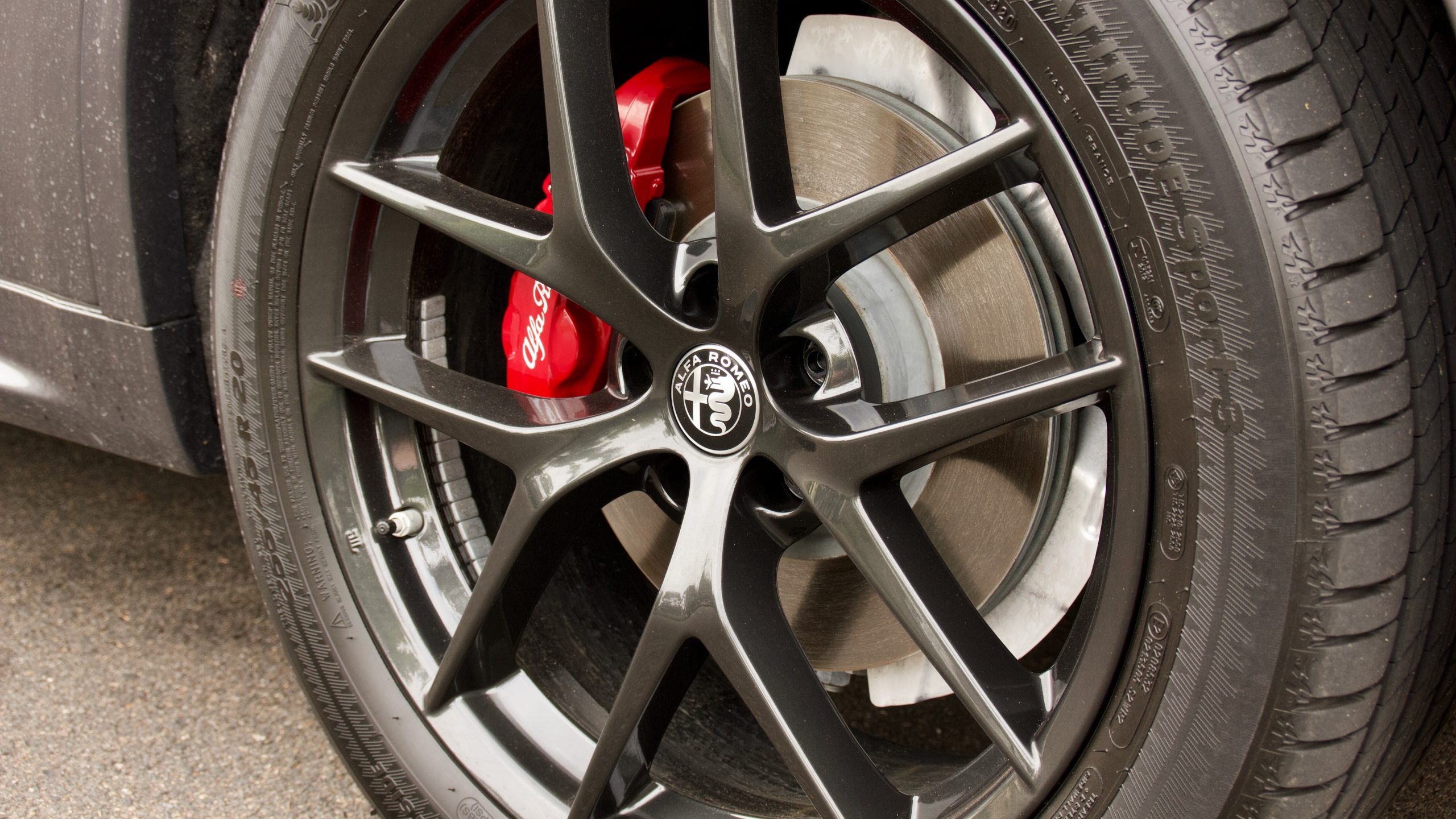
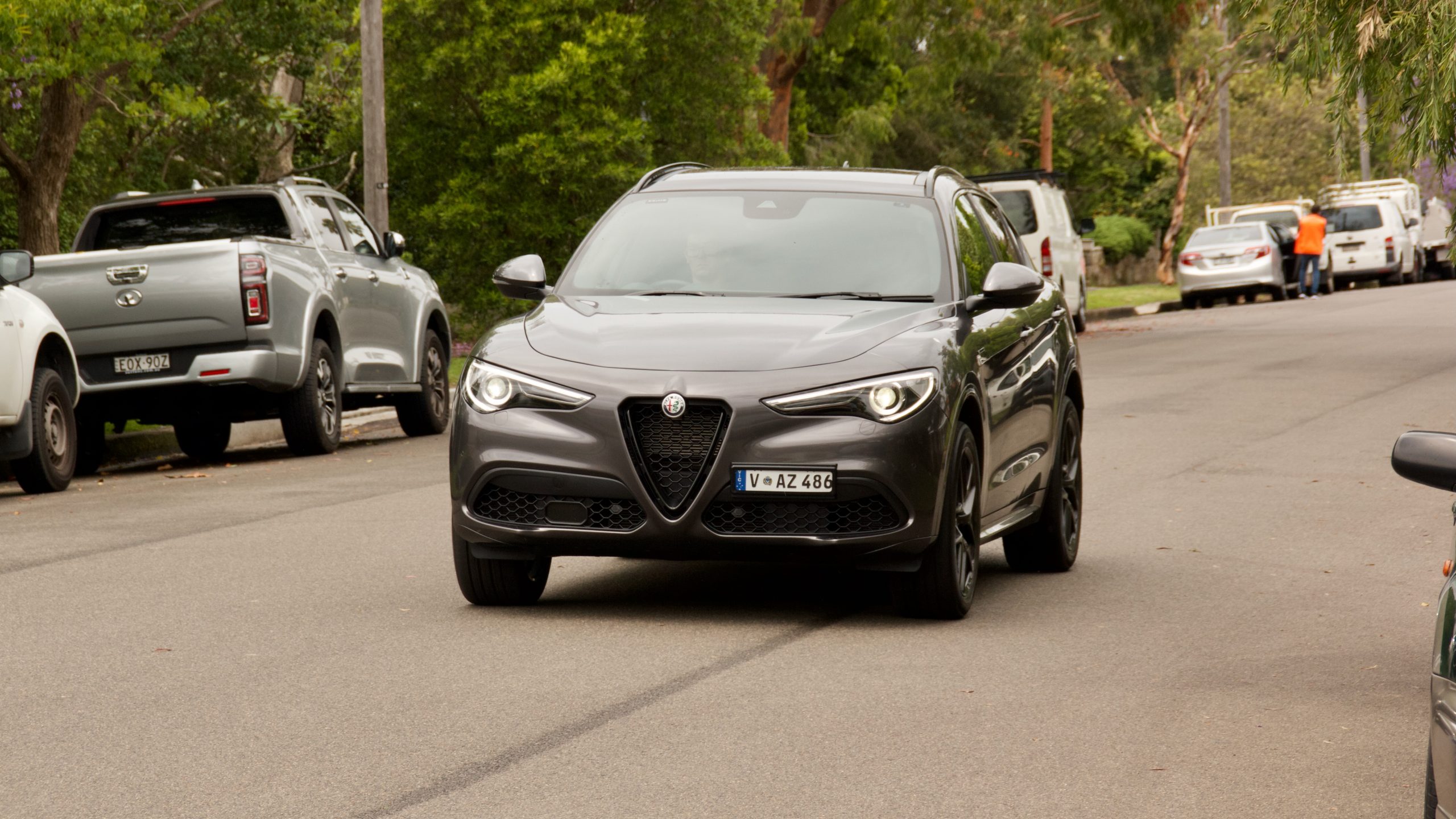

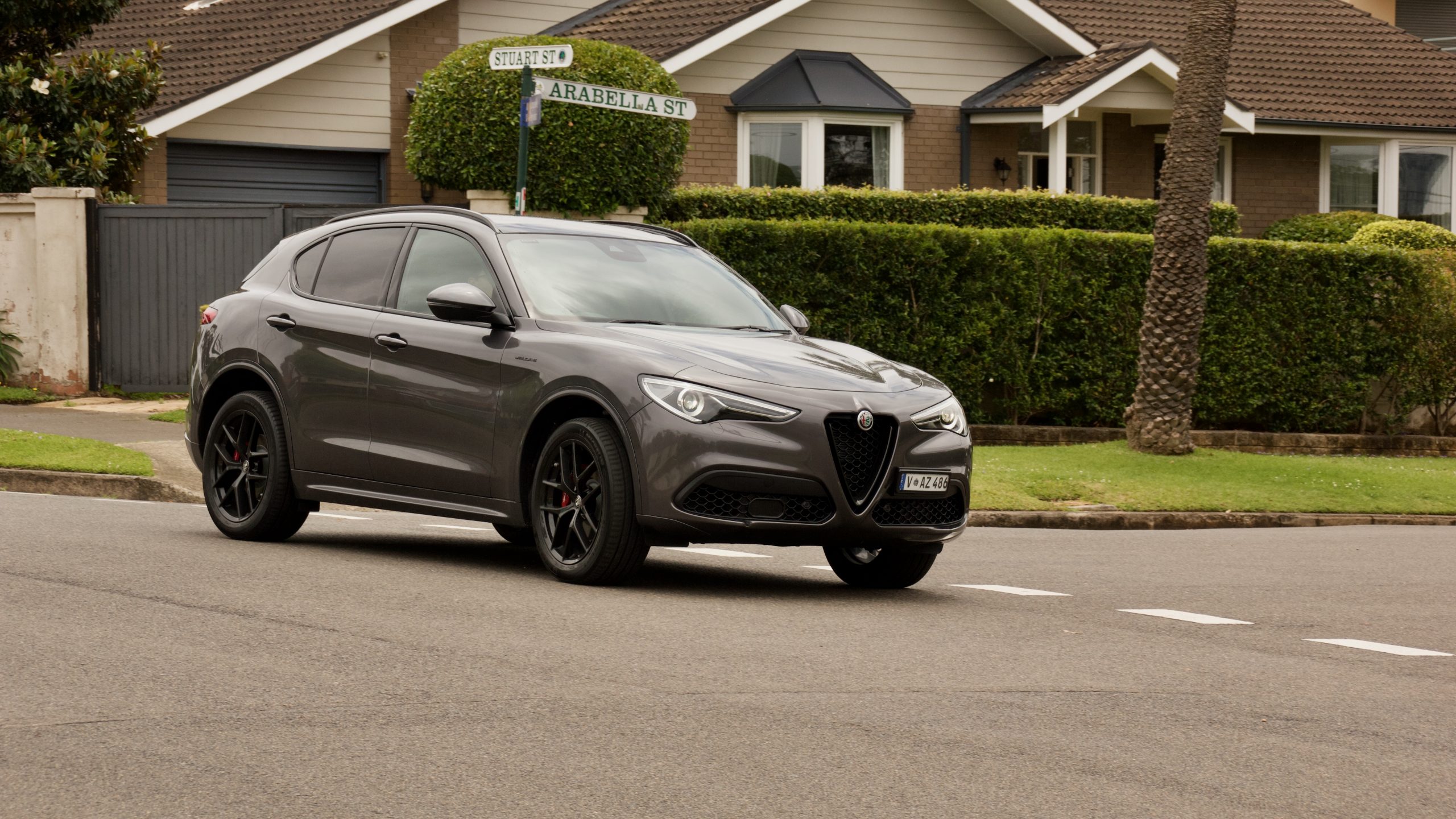
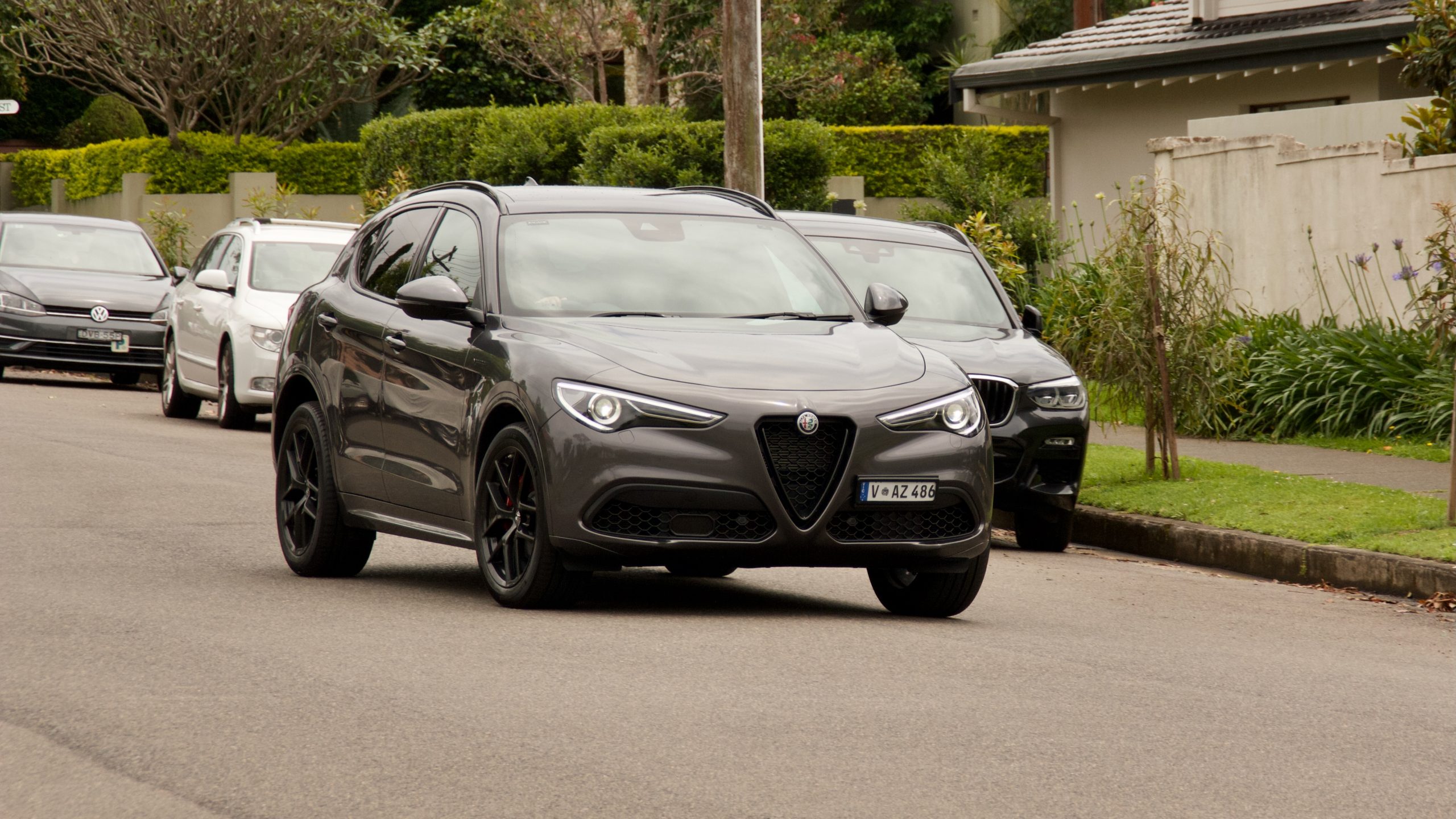
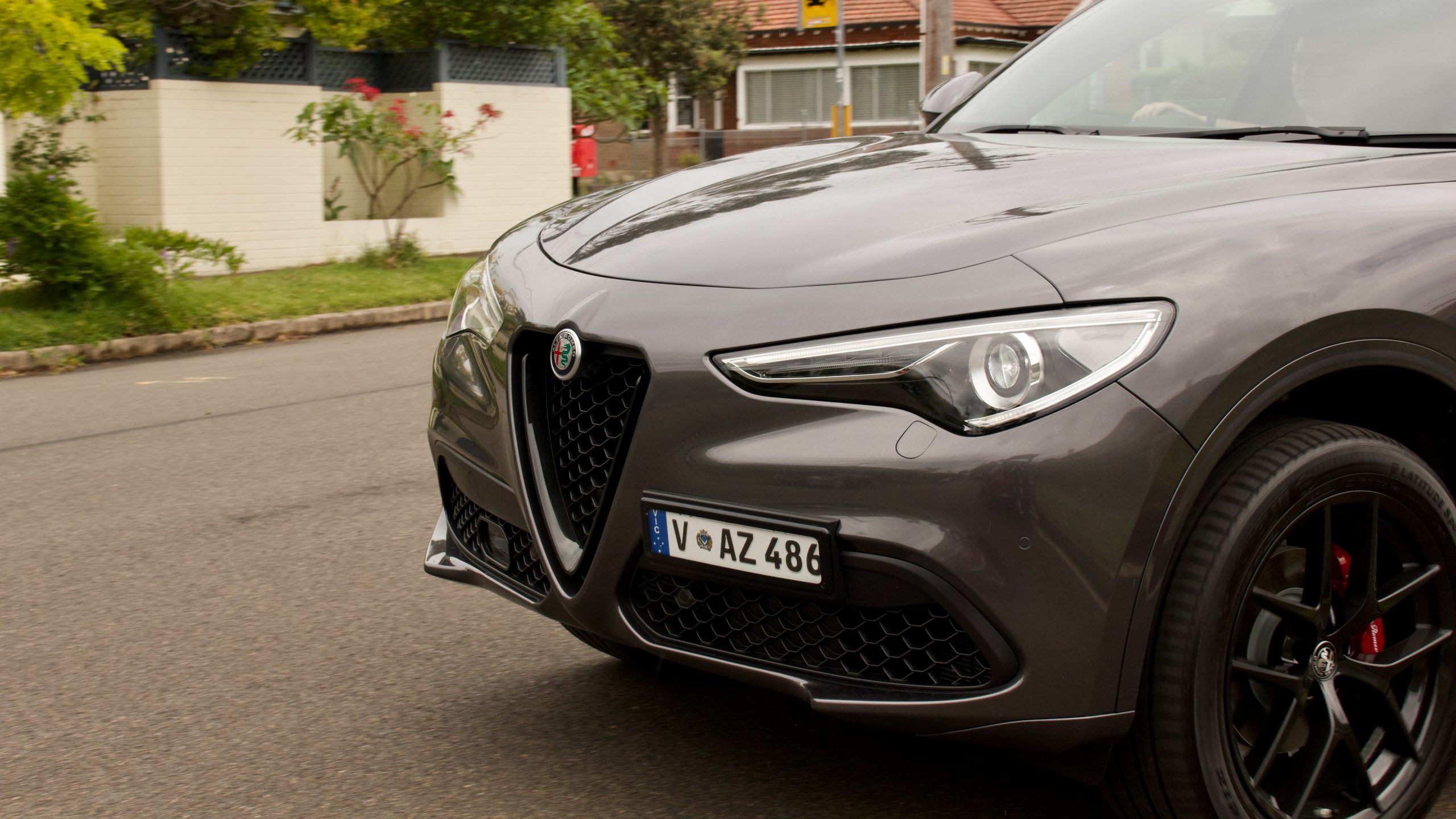
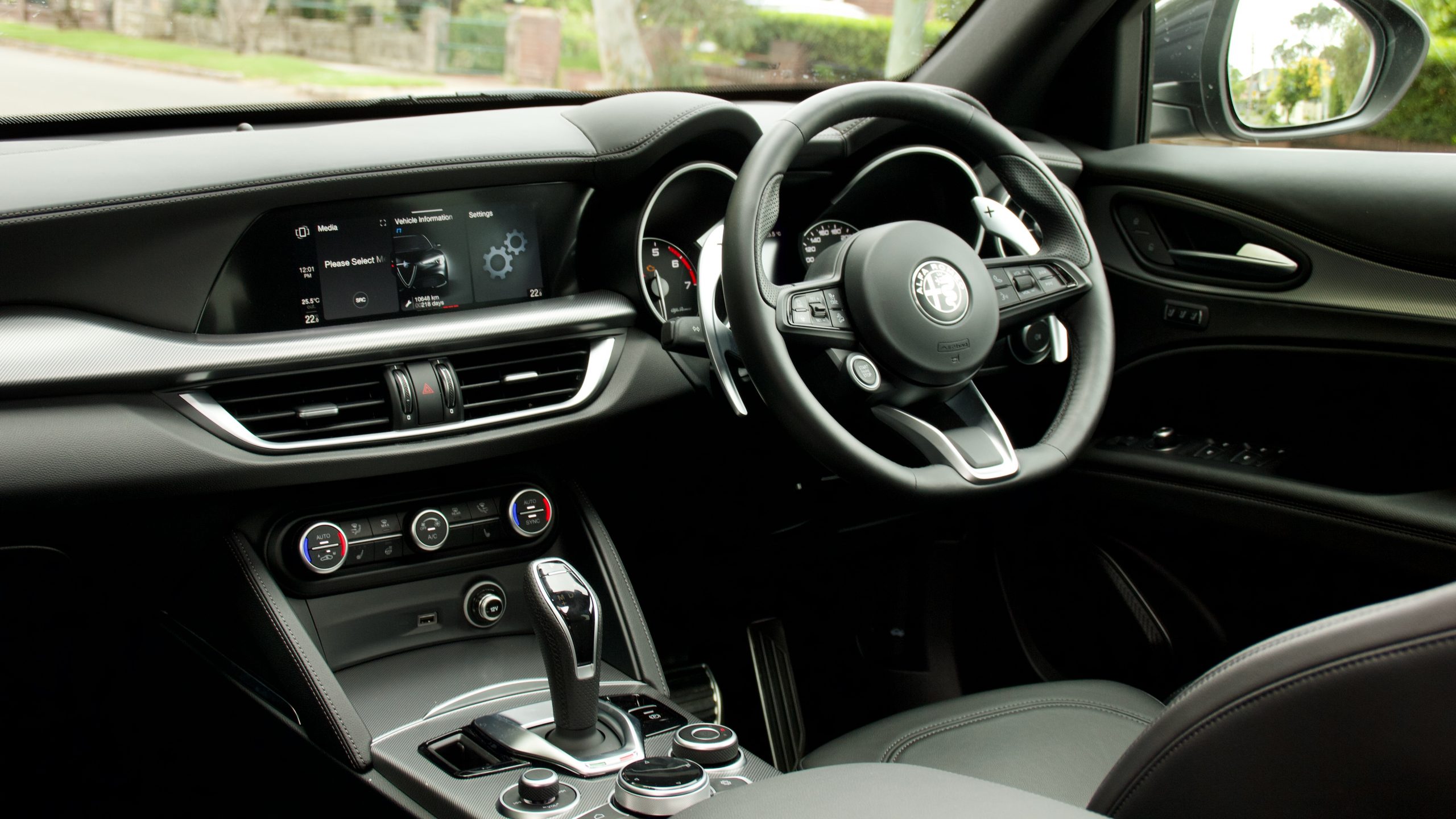
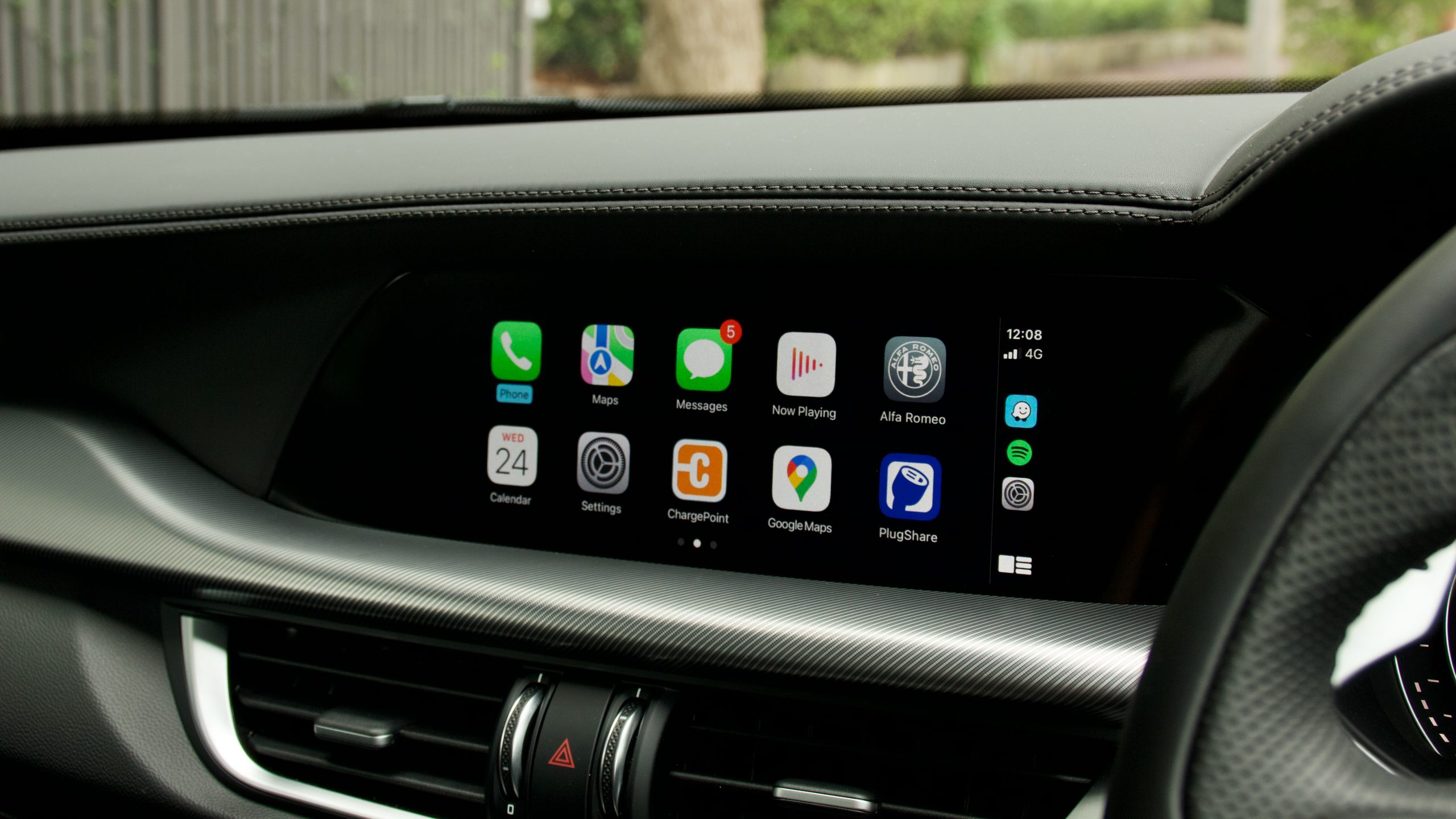
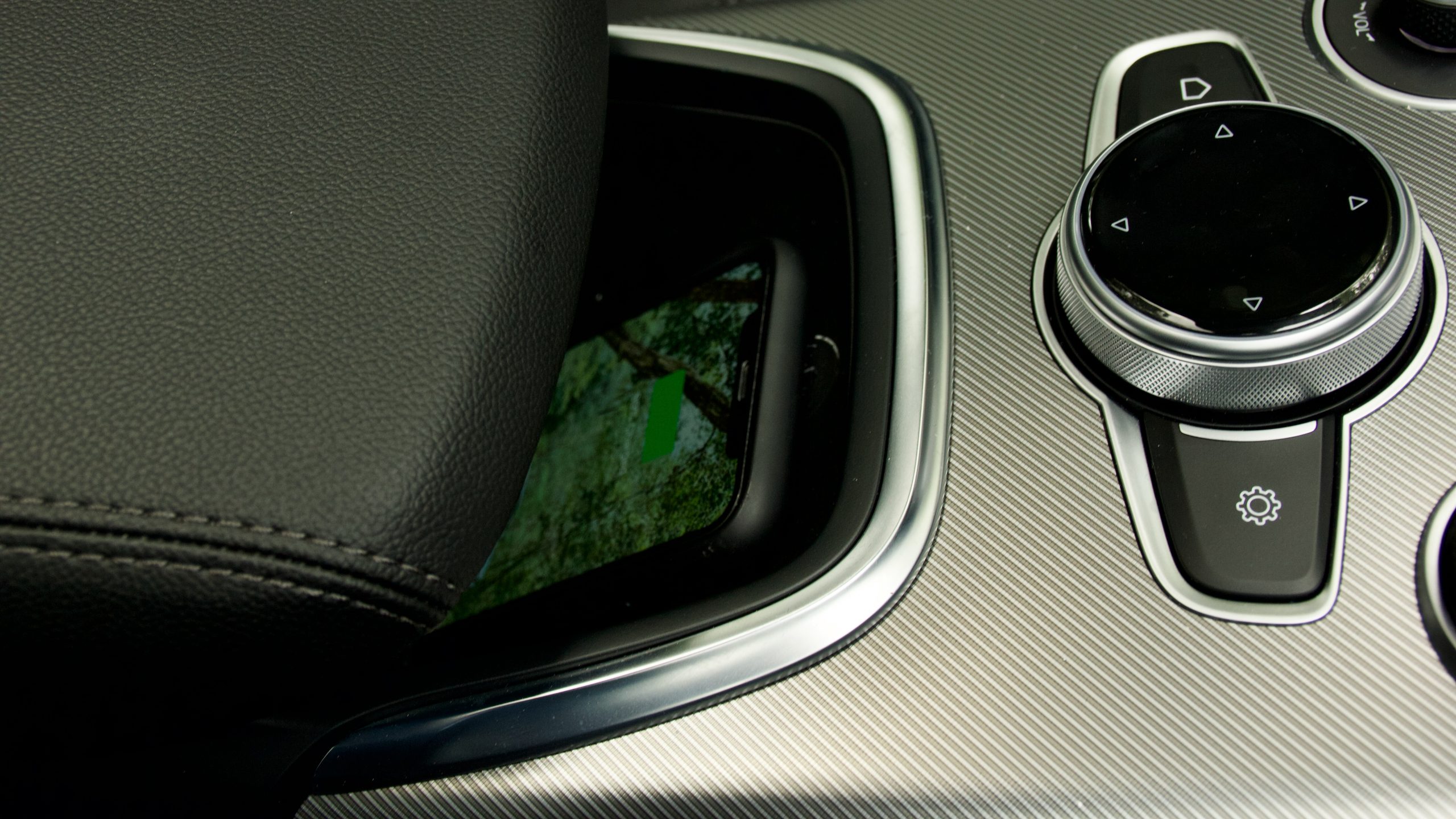
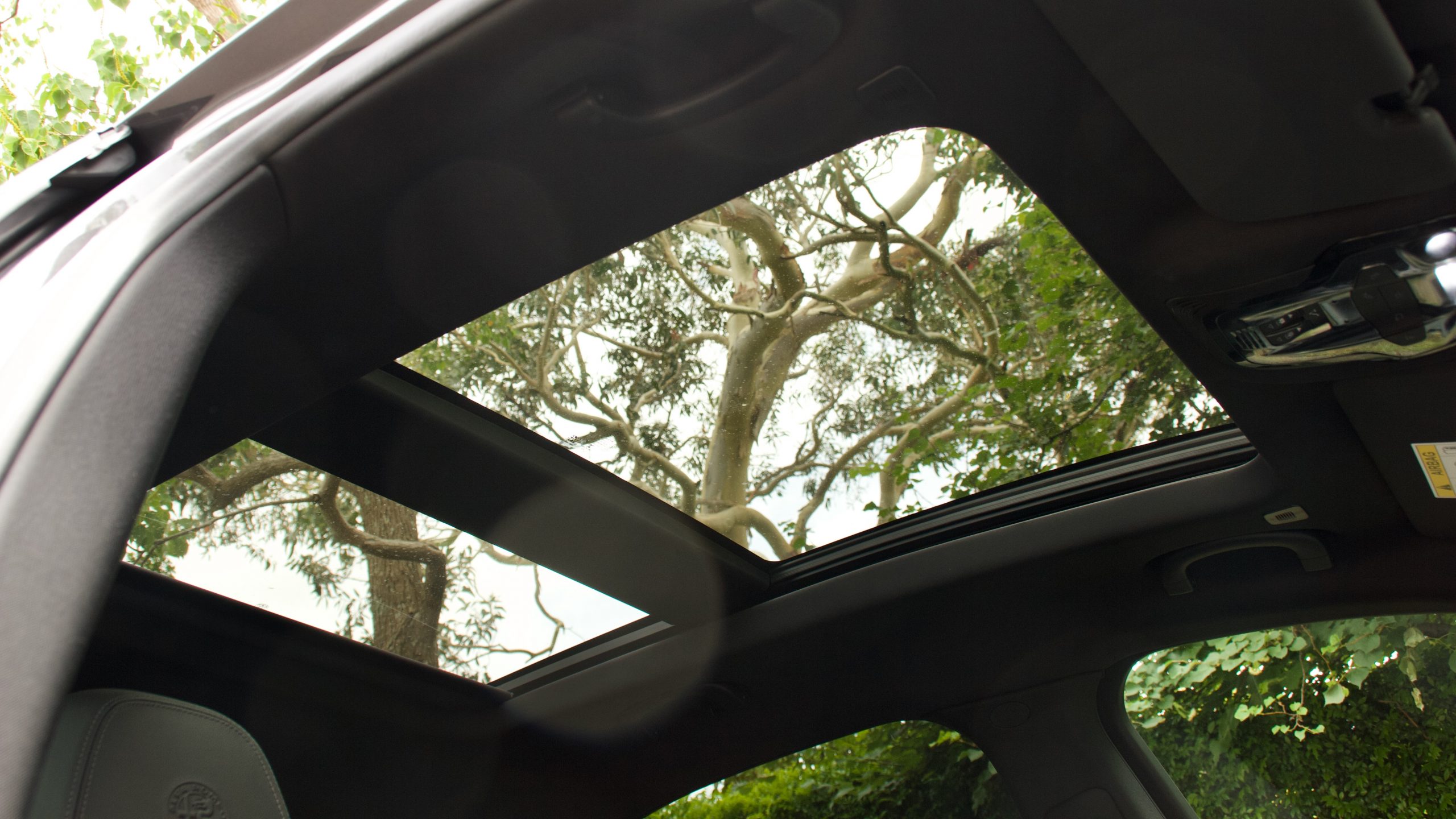
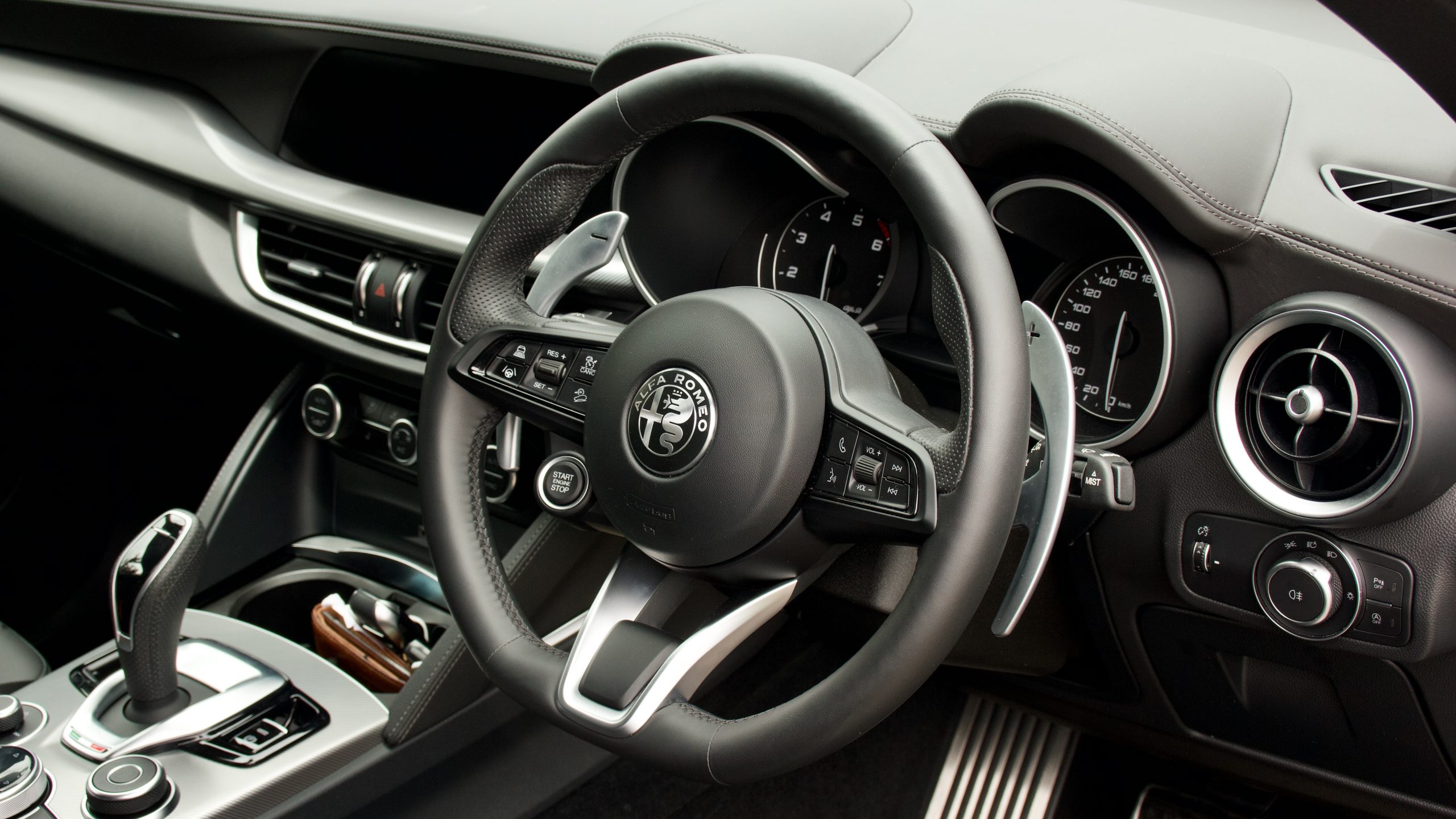

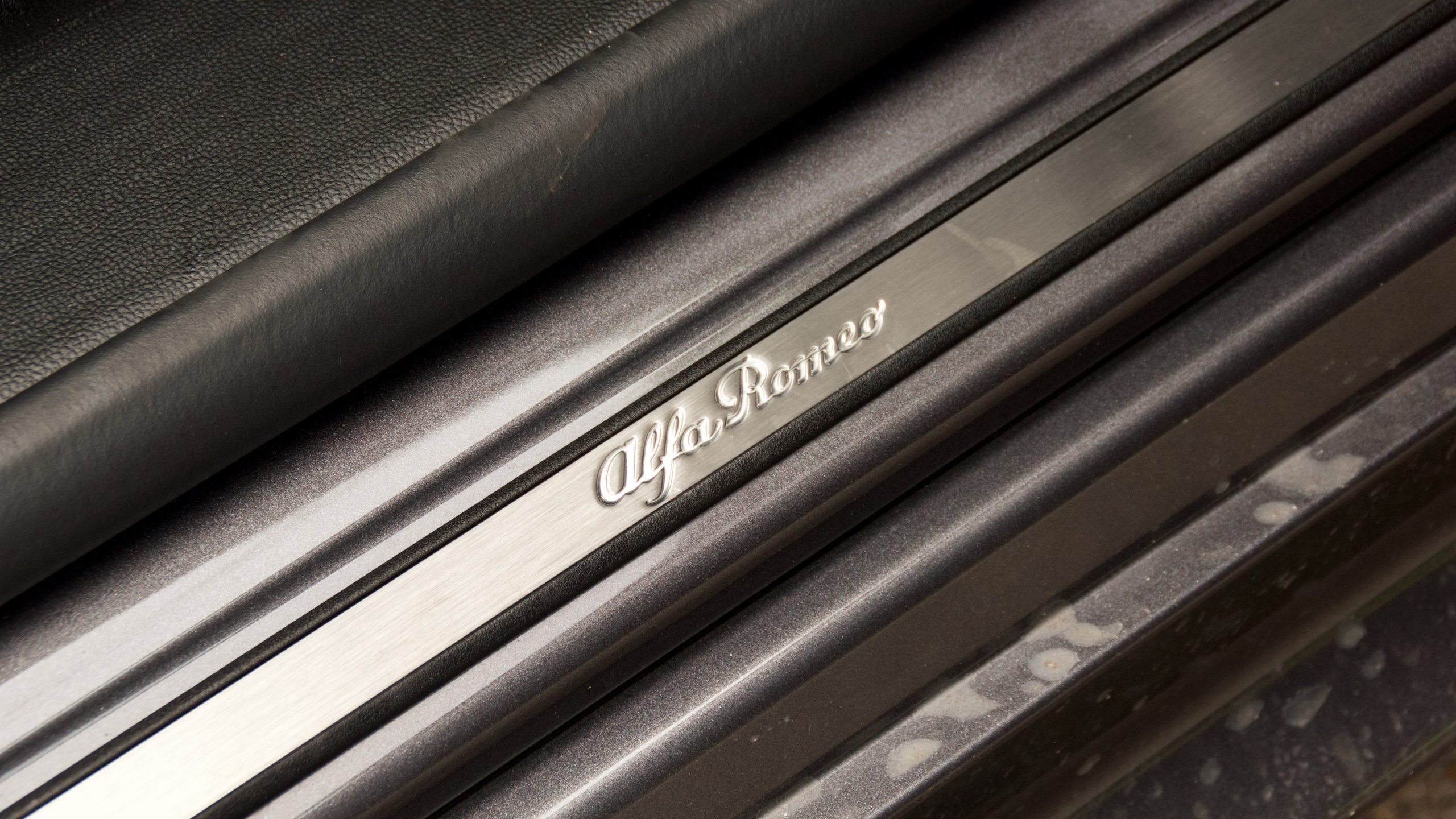
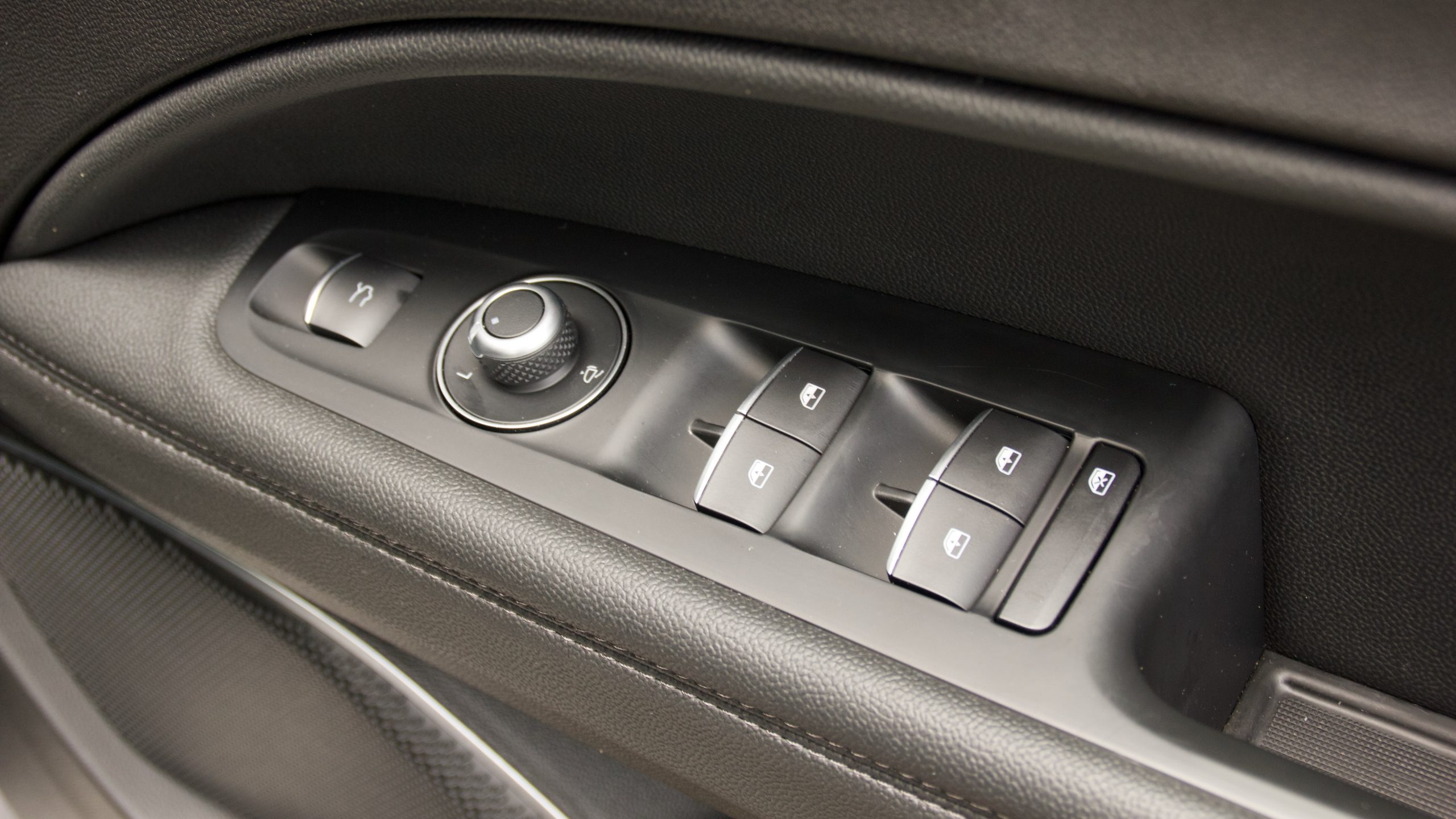
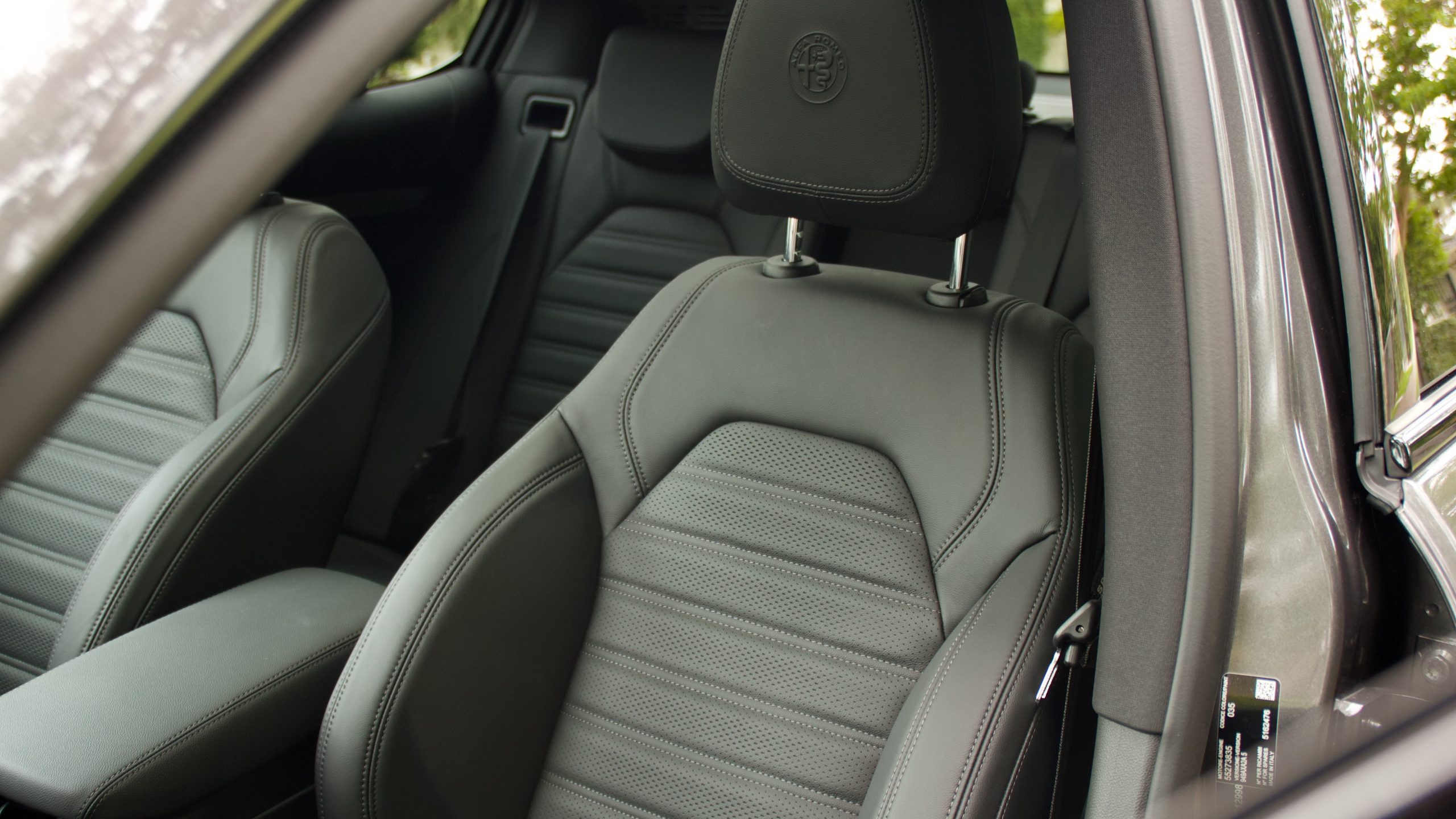
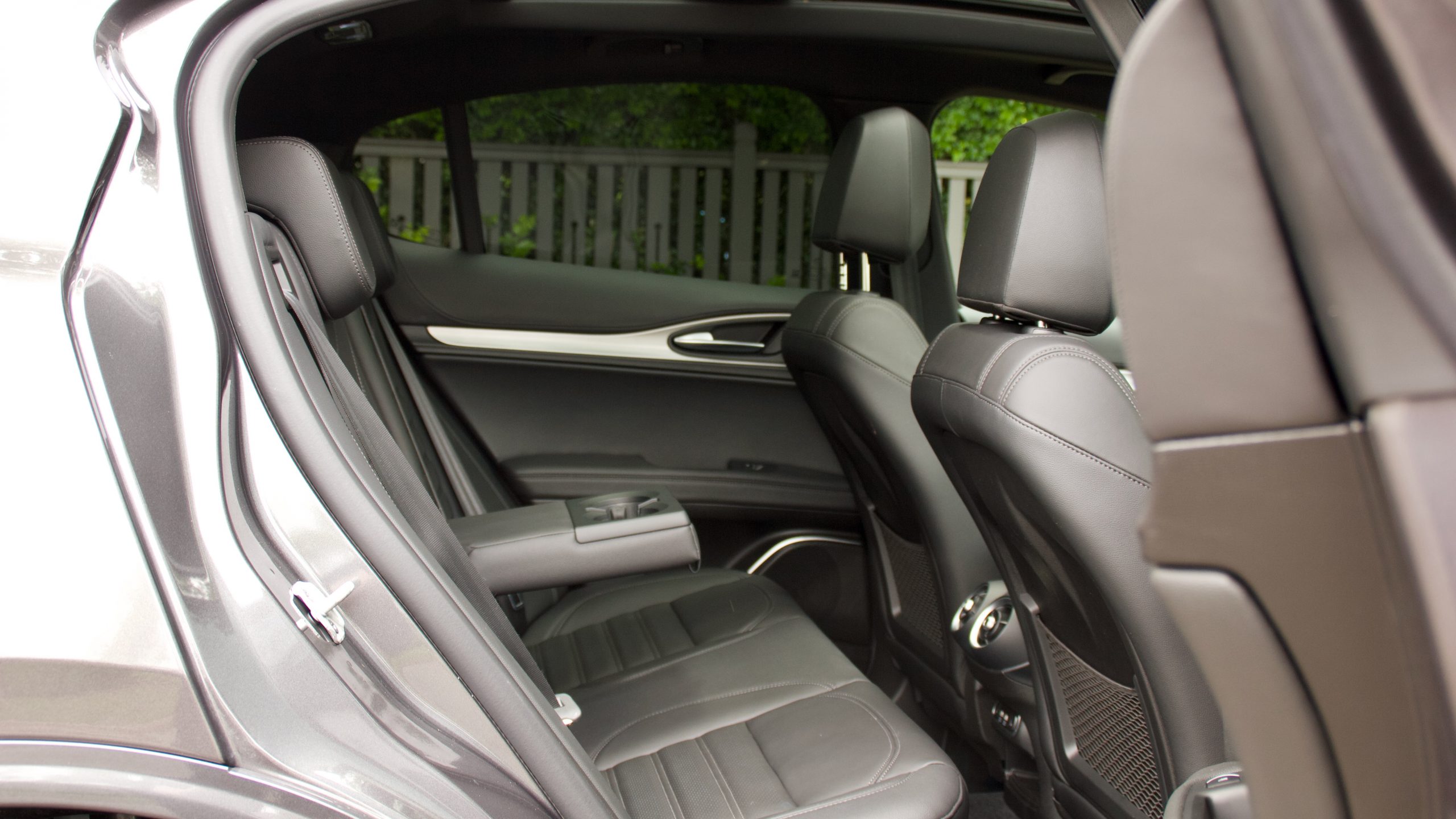
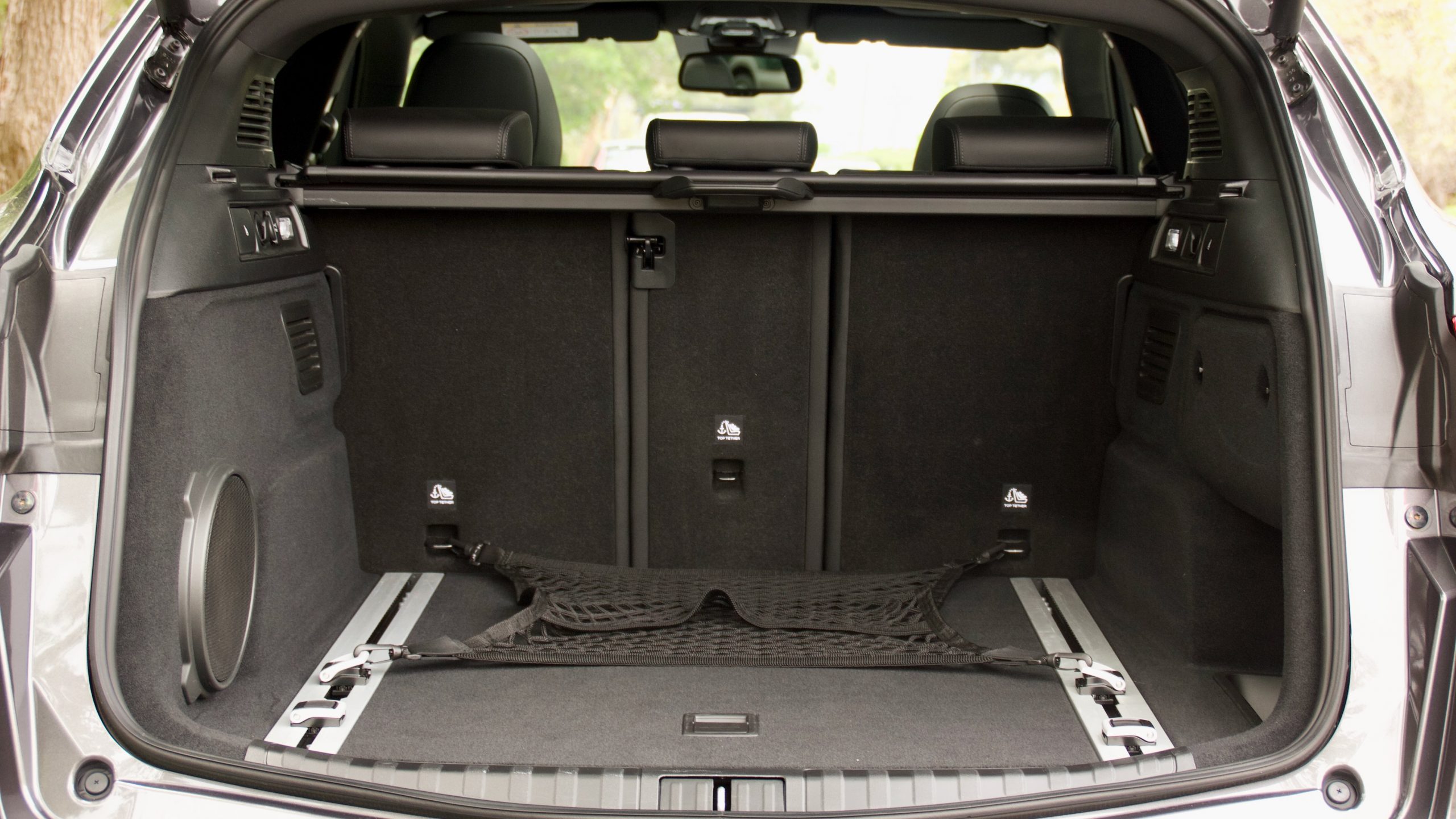
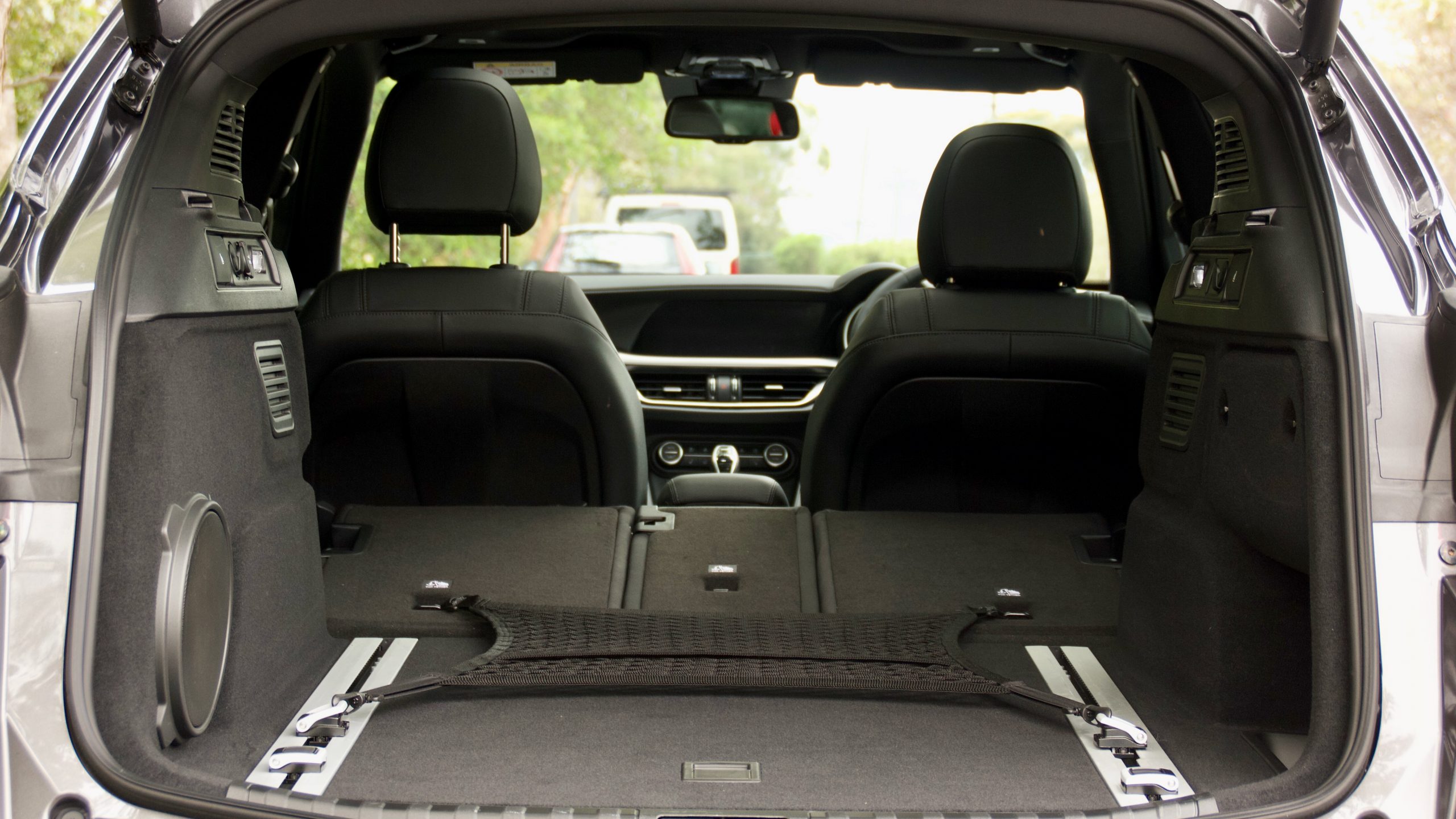
Leave a Reply